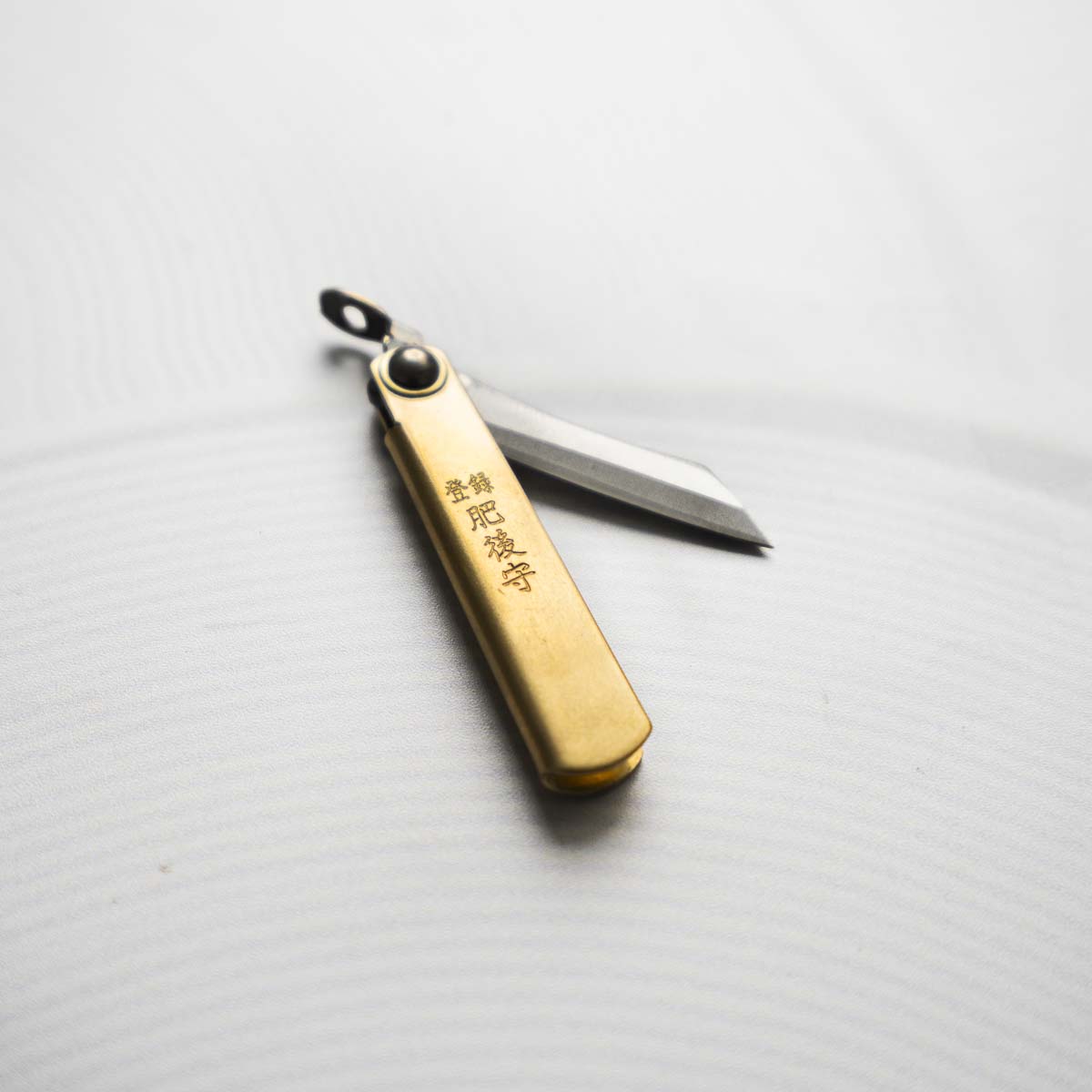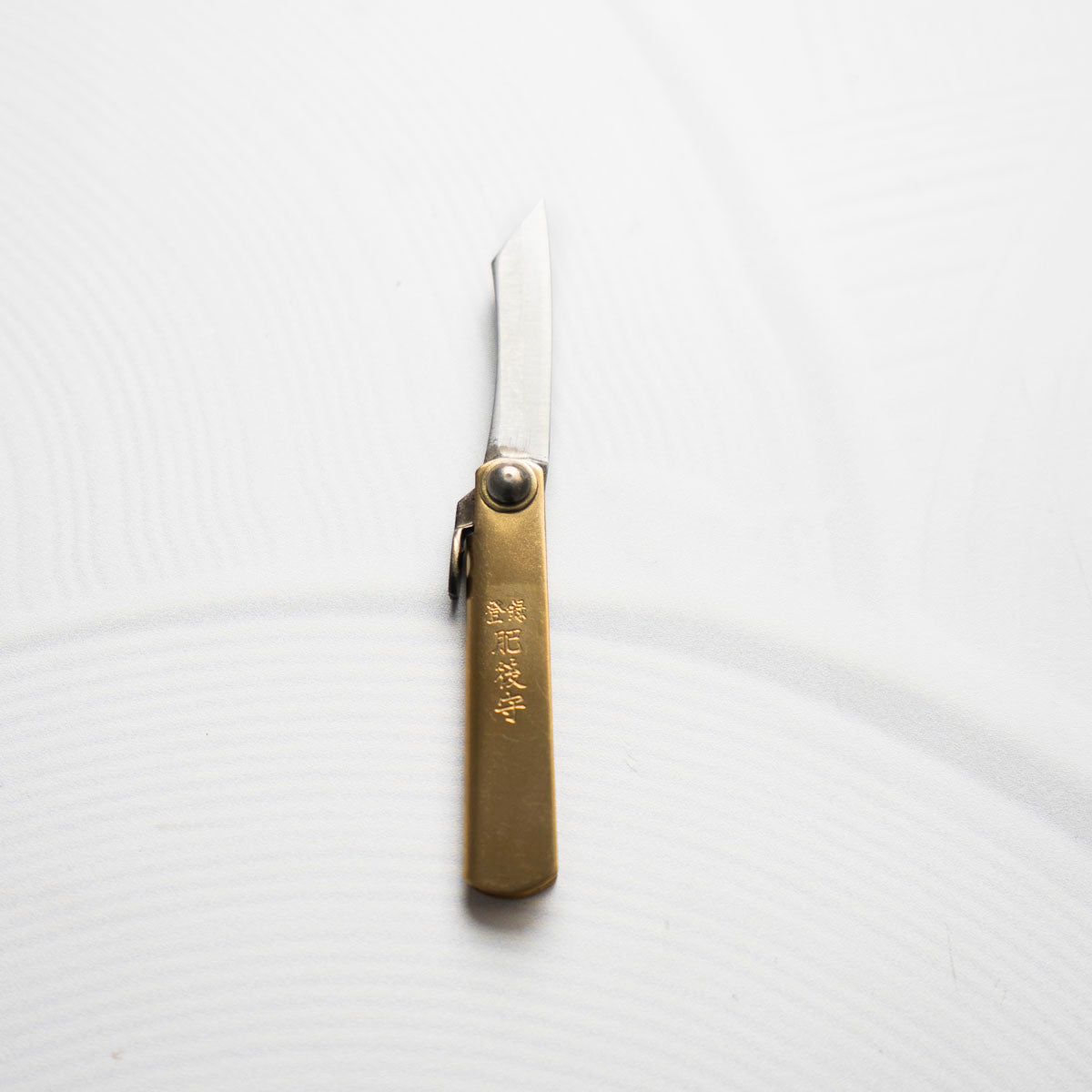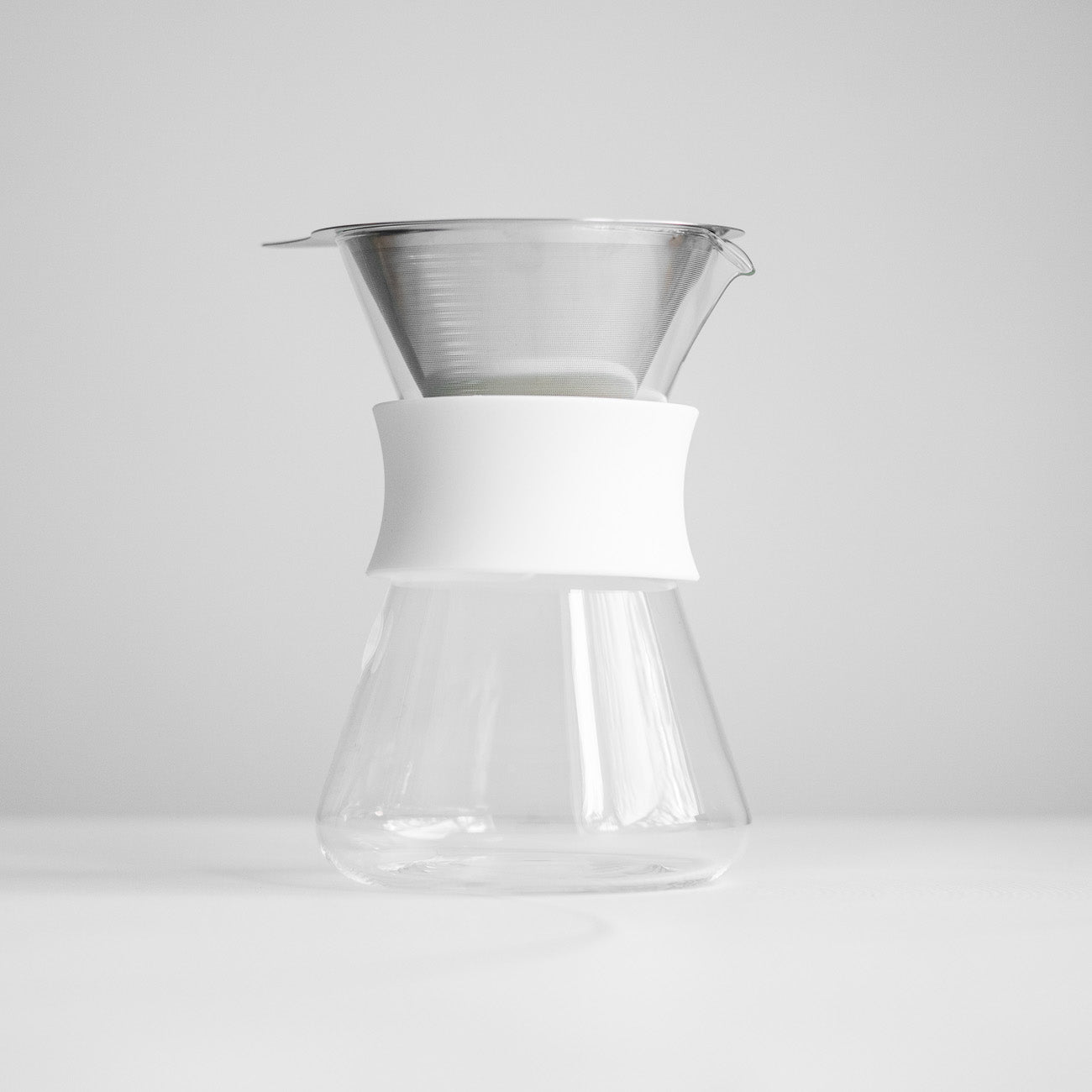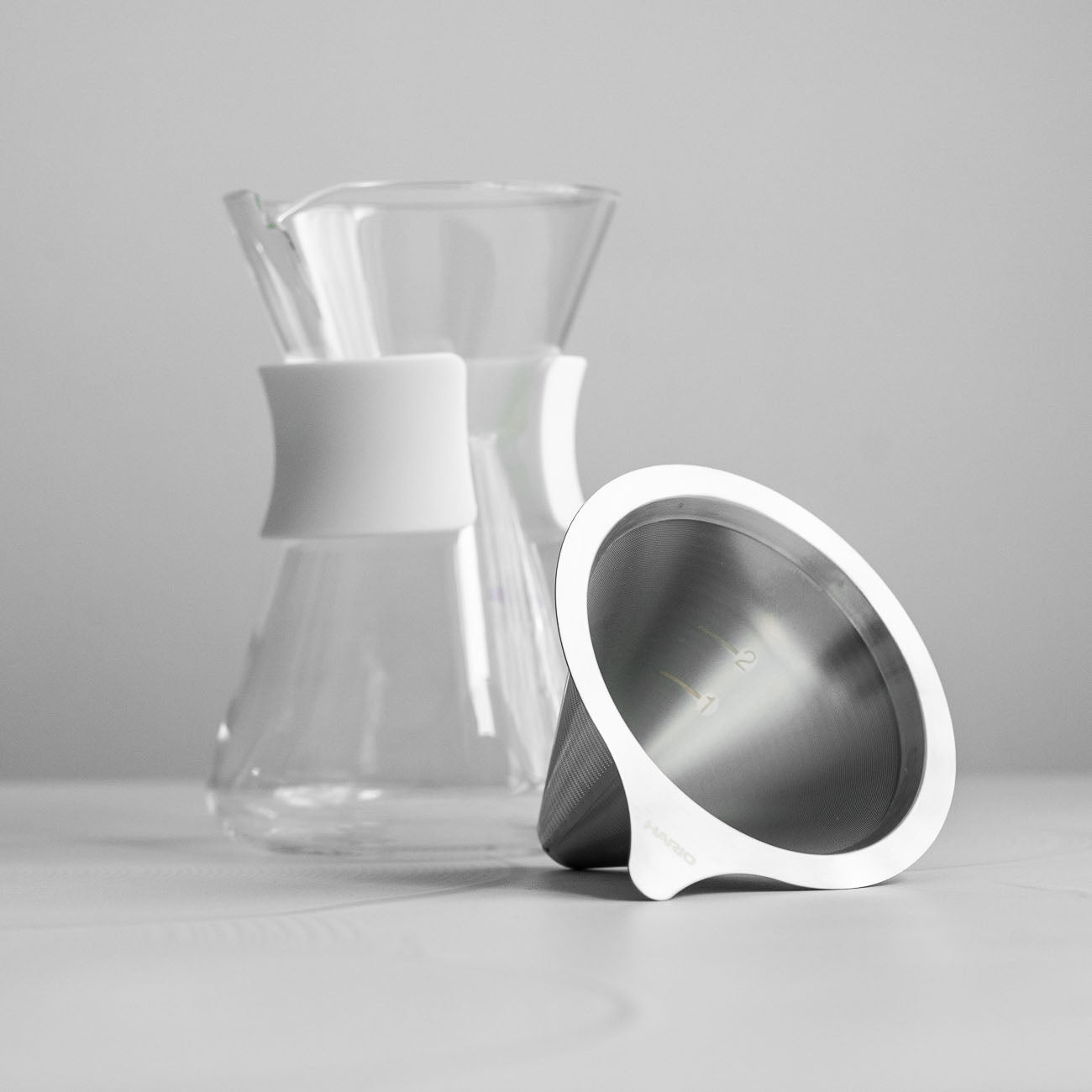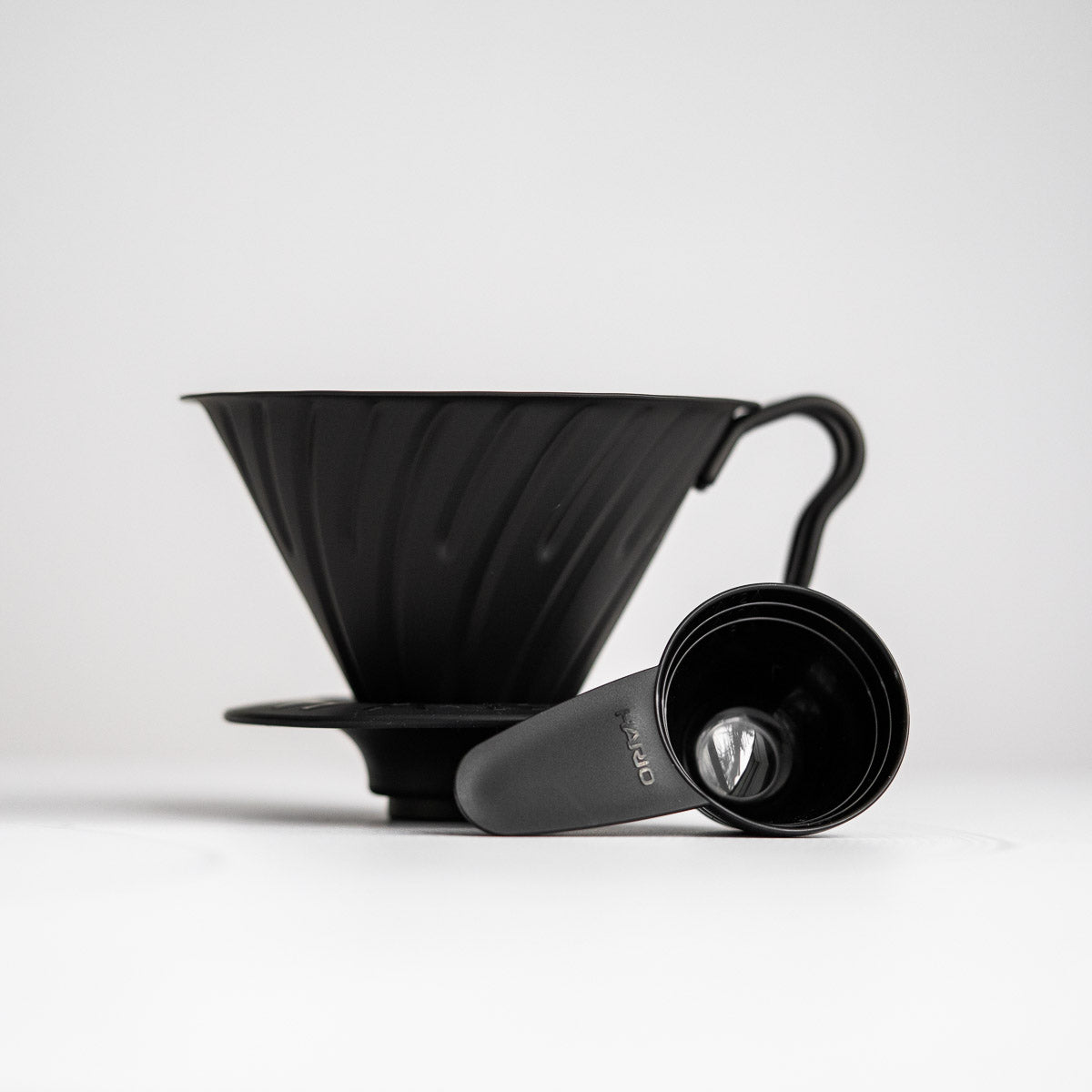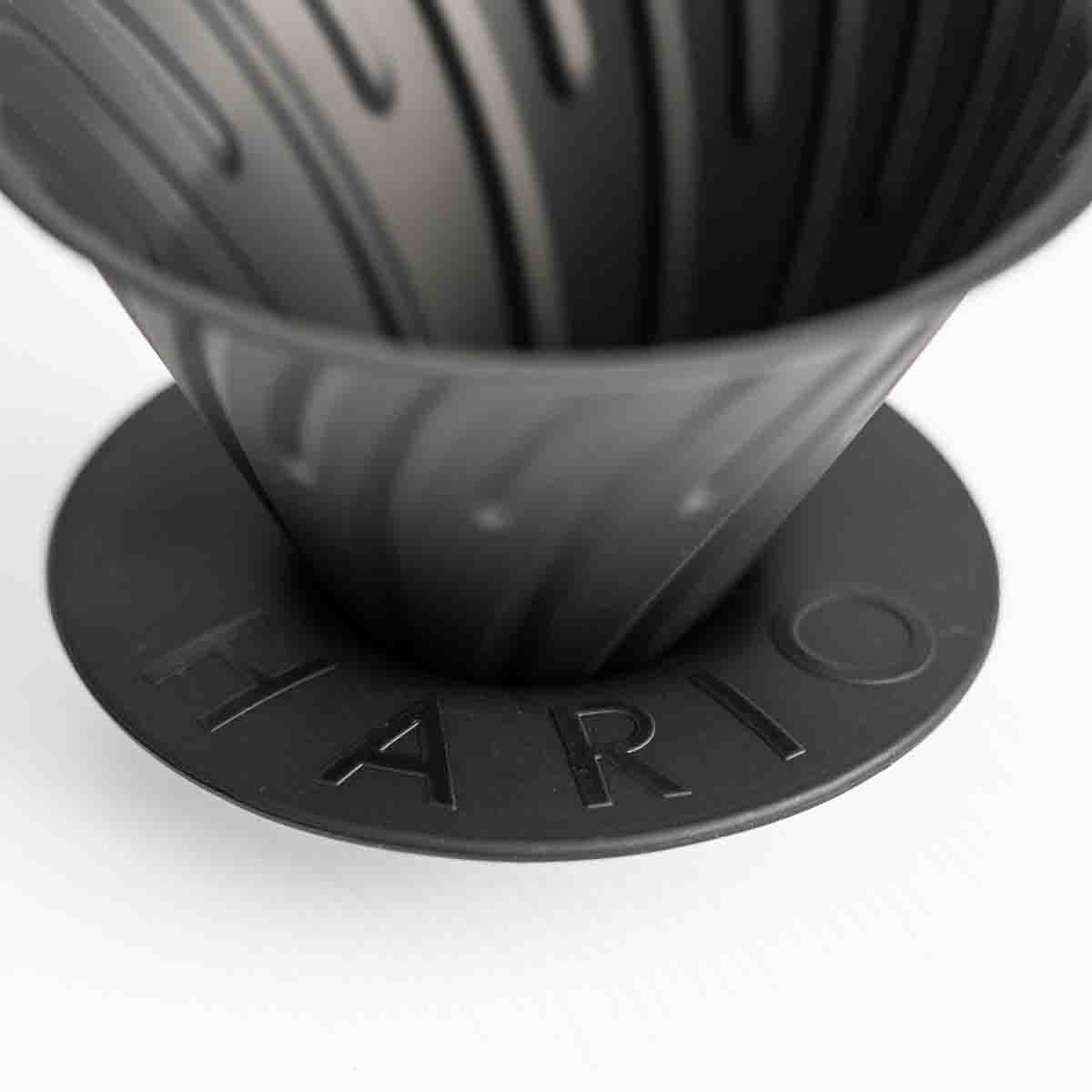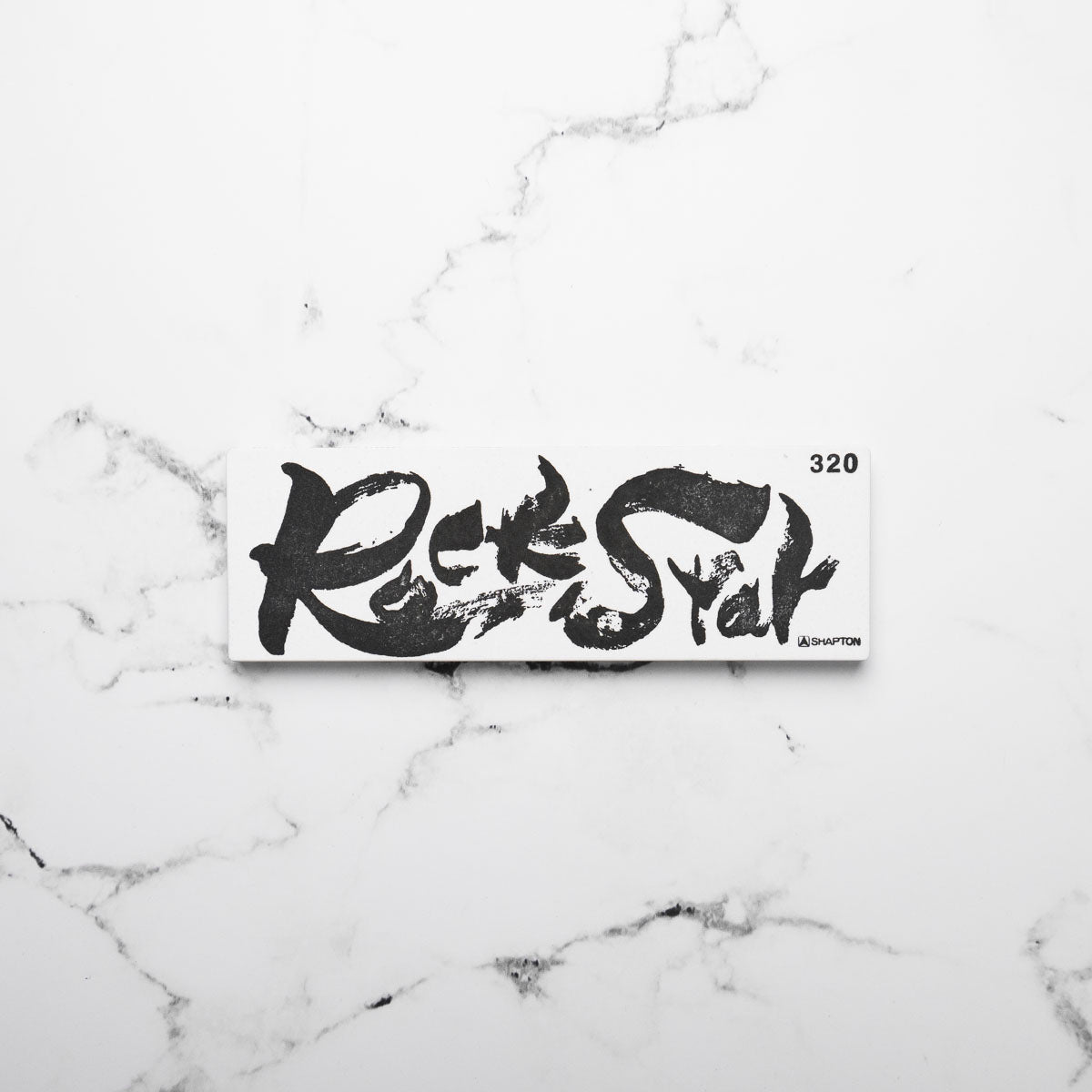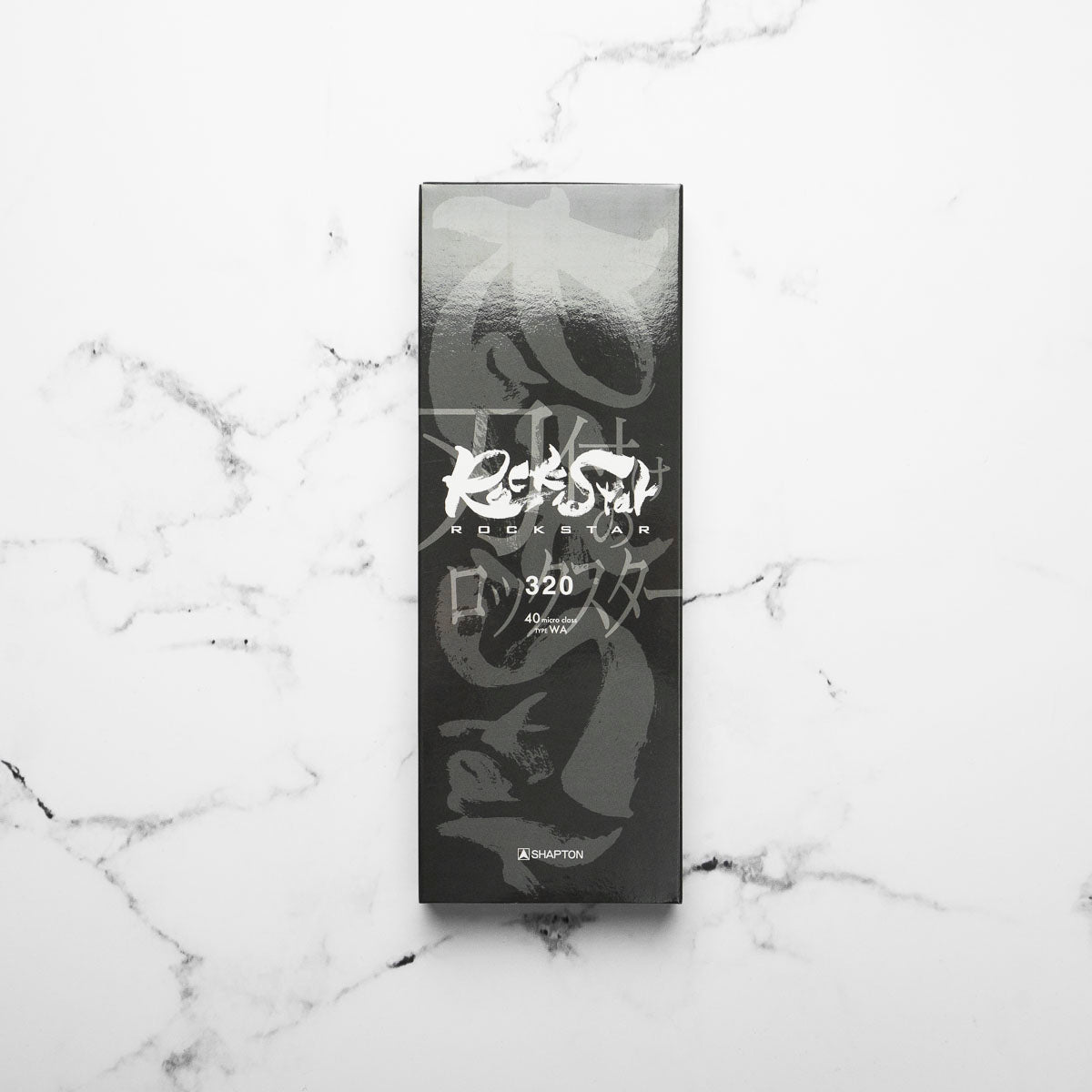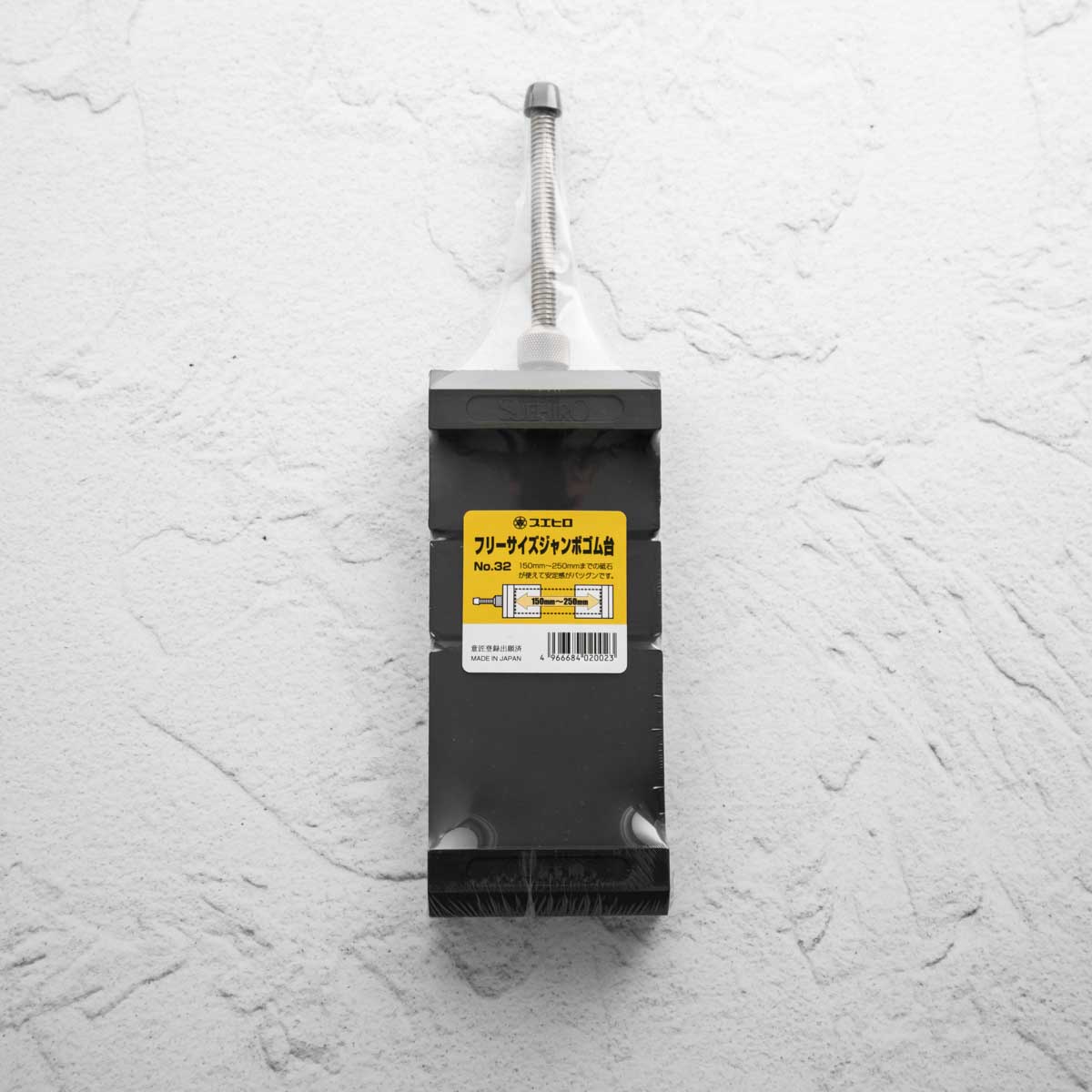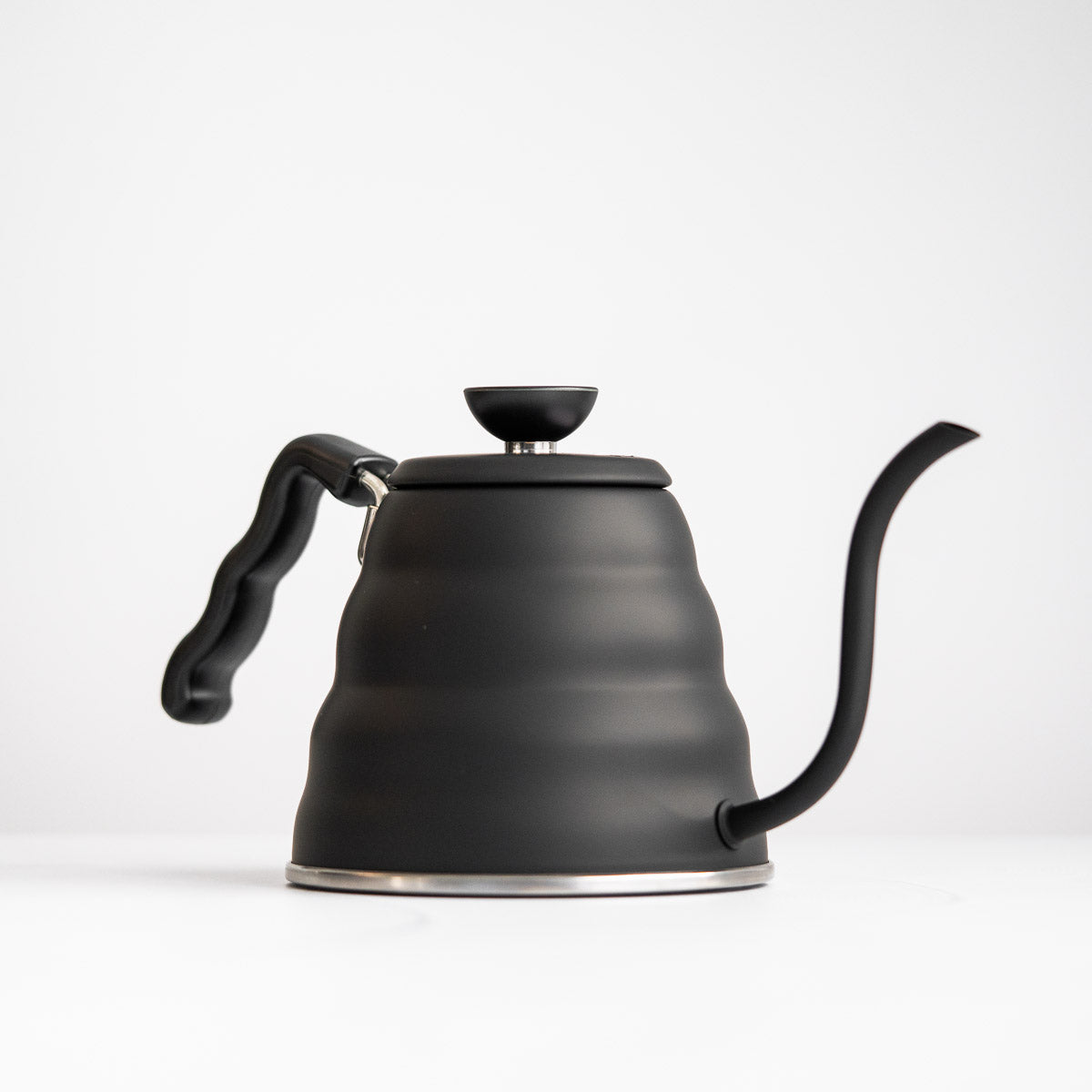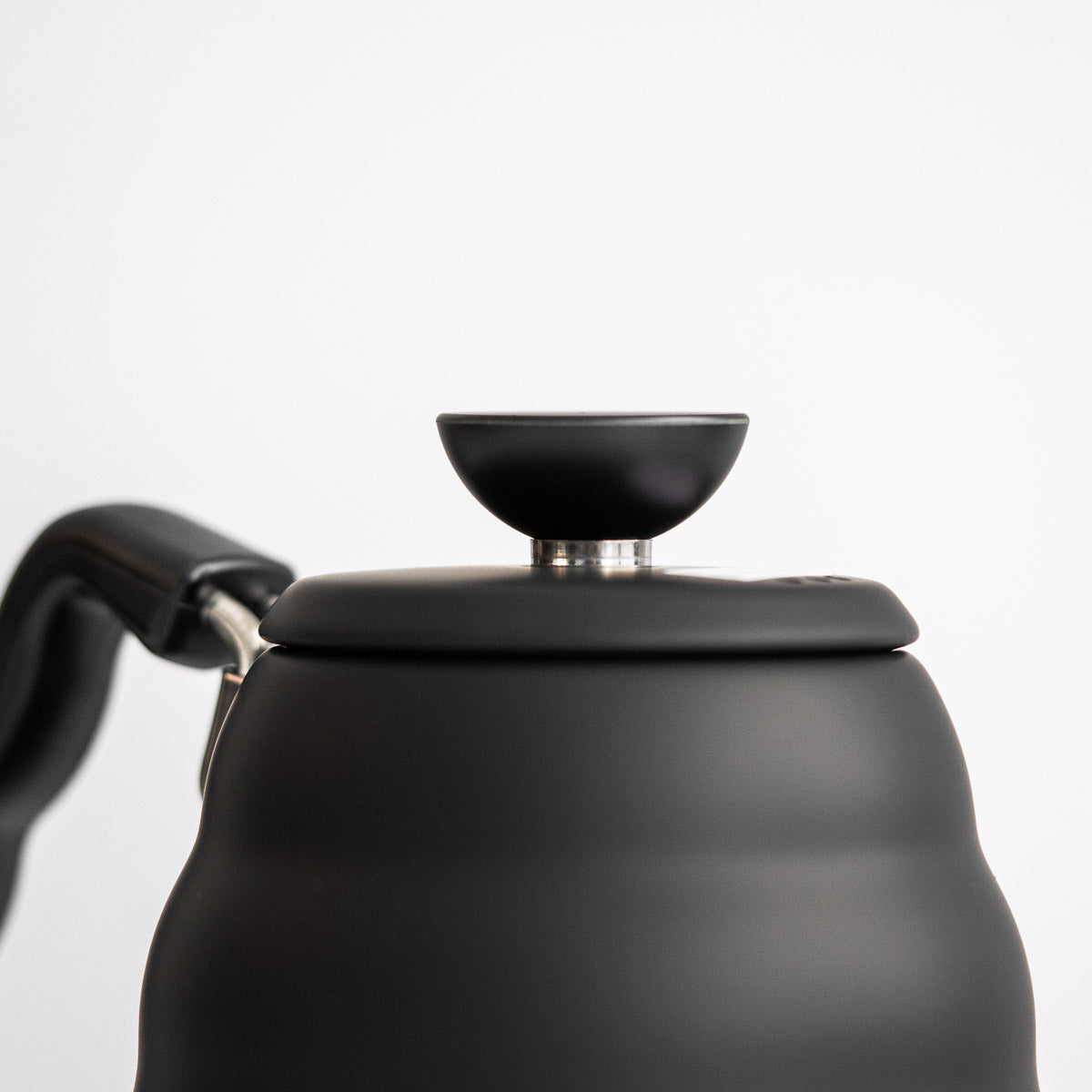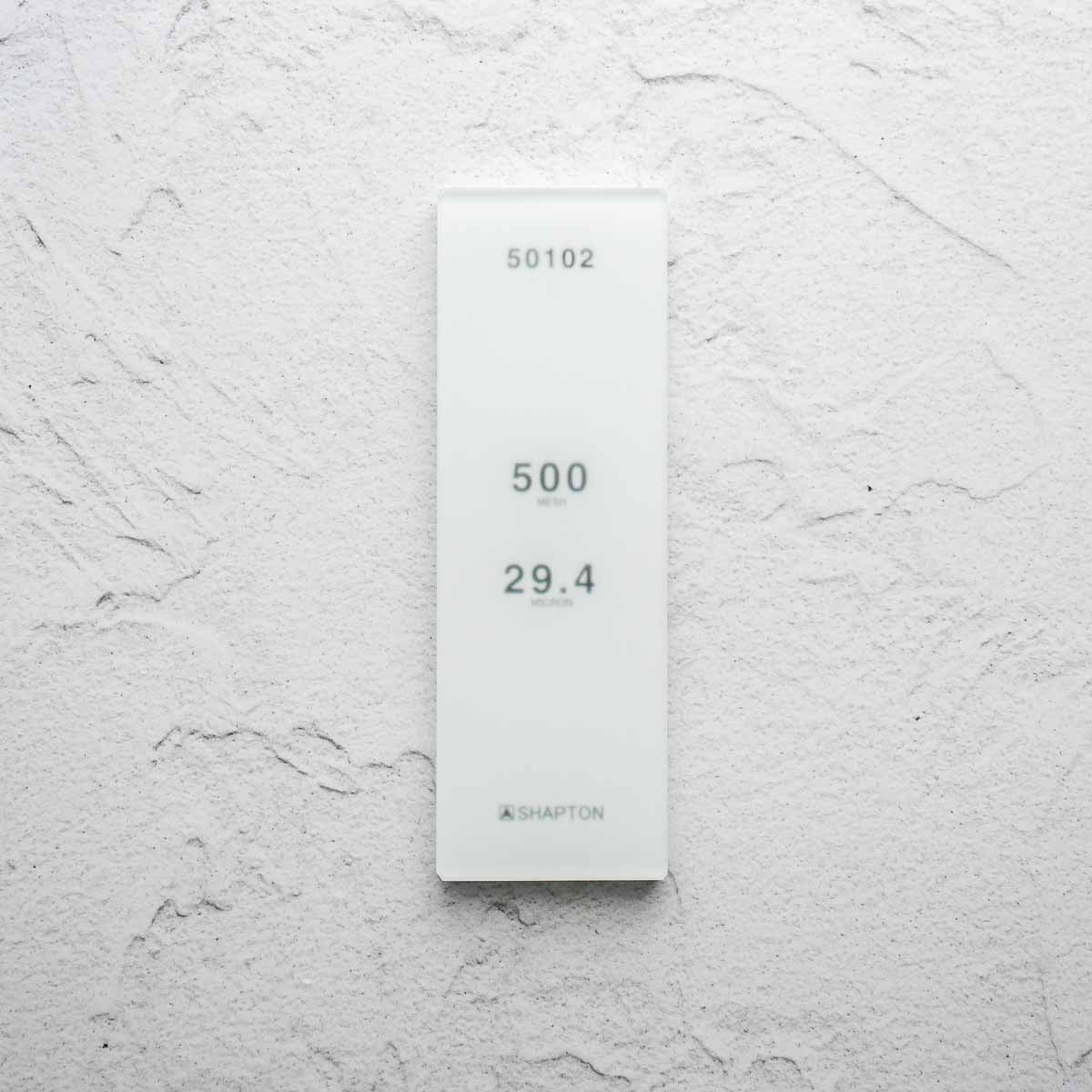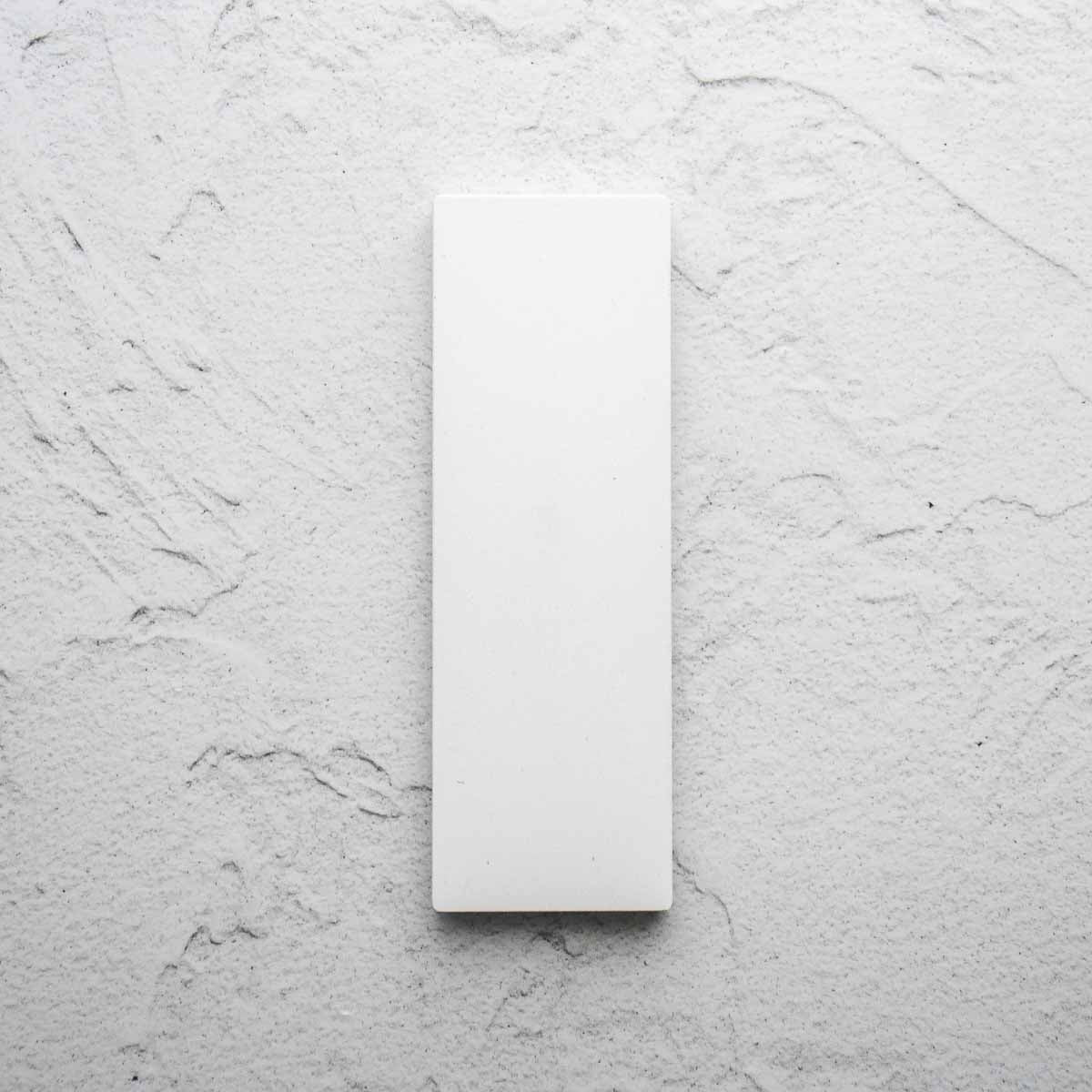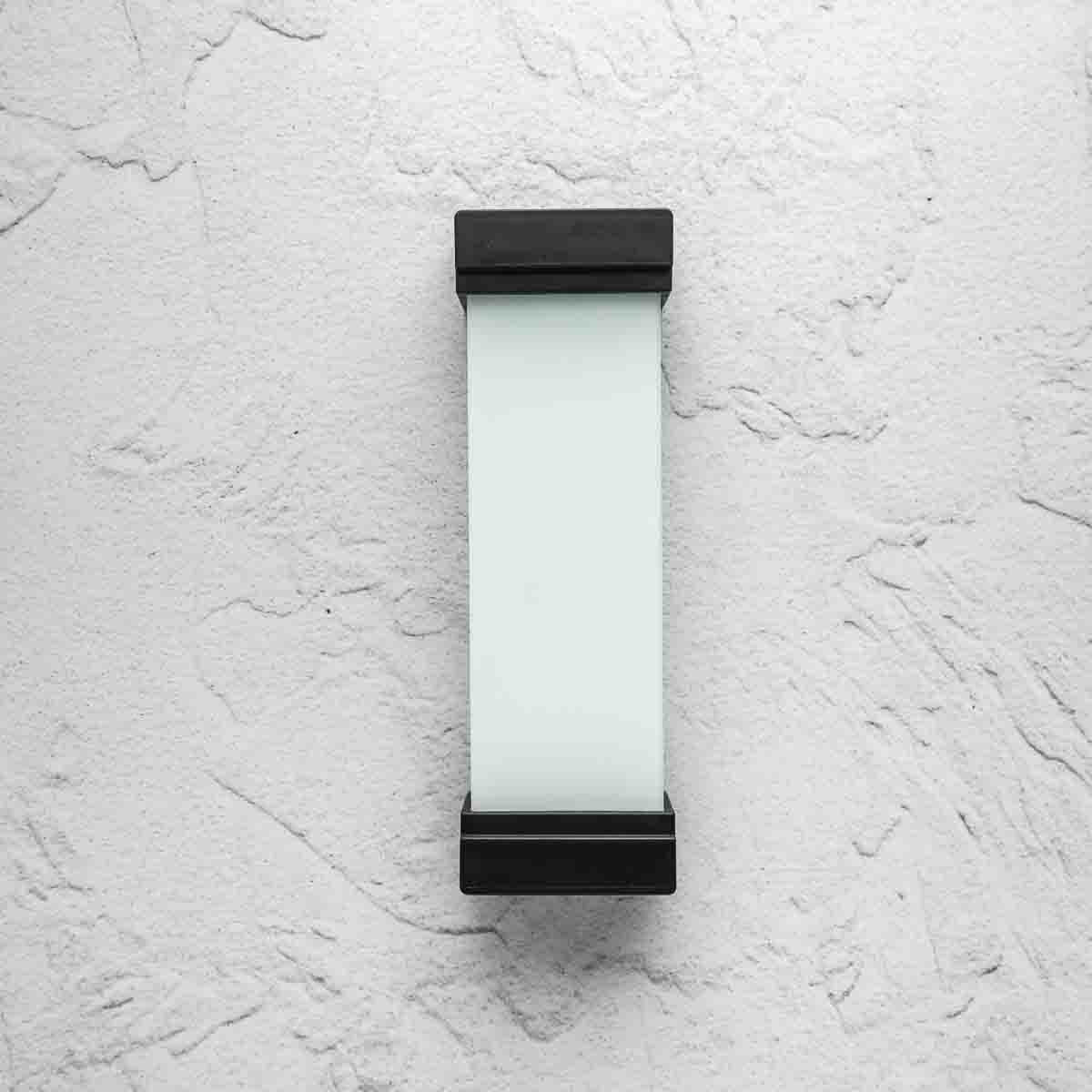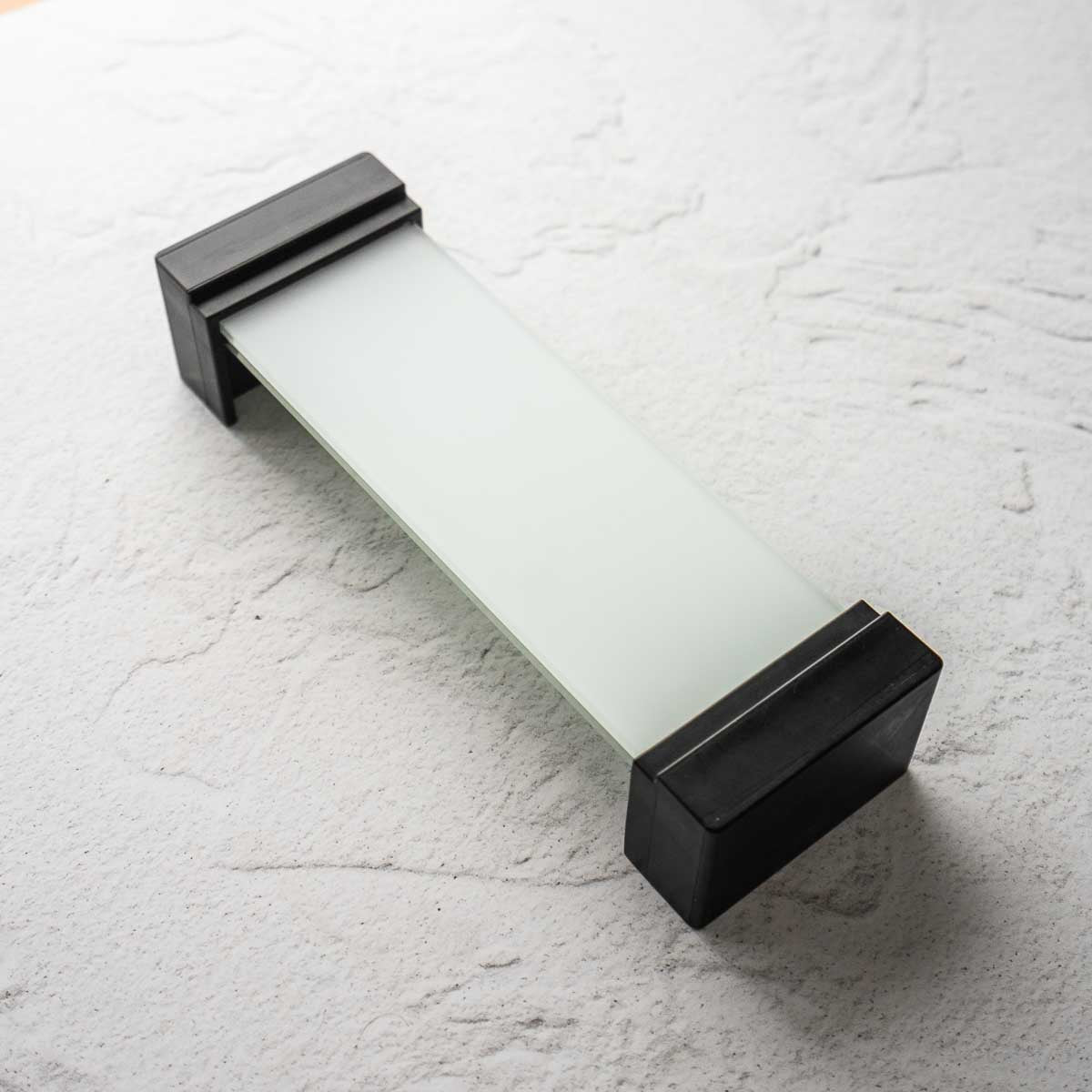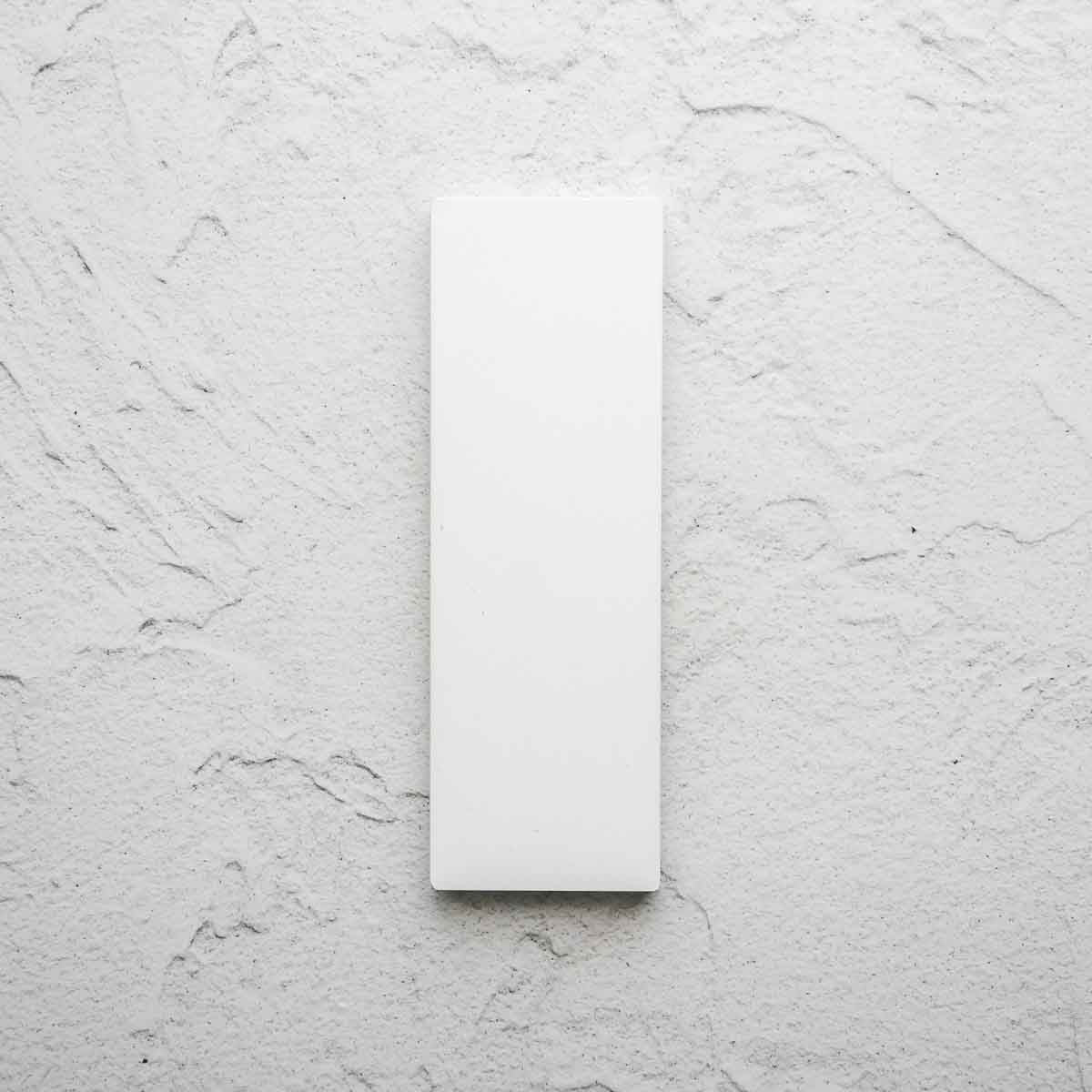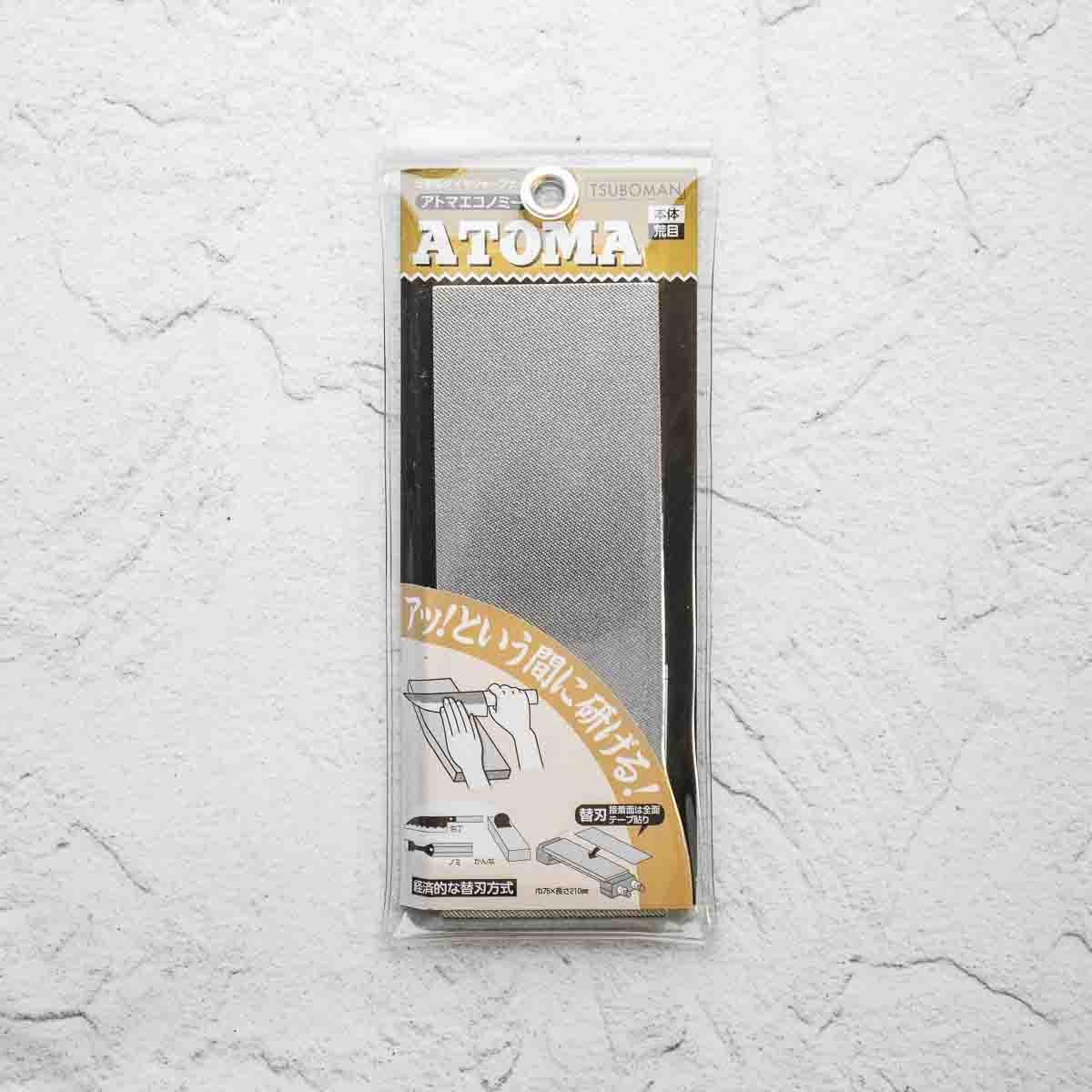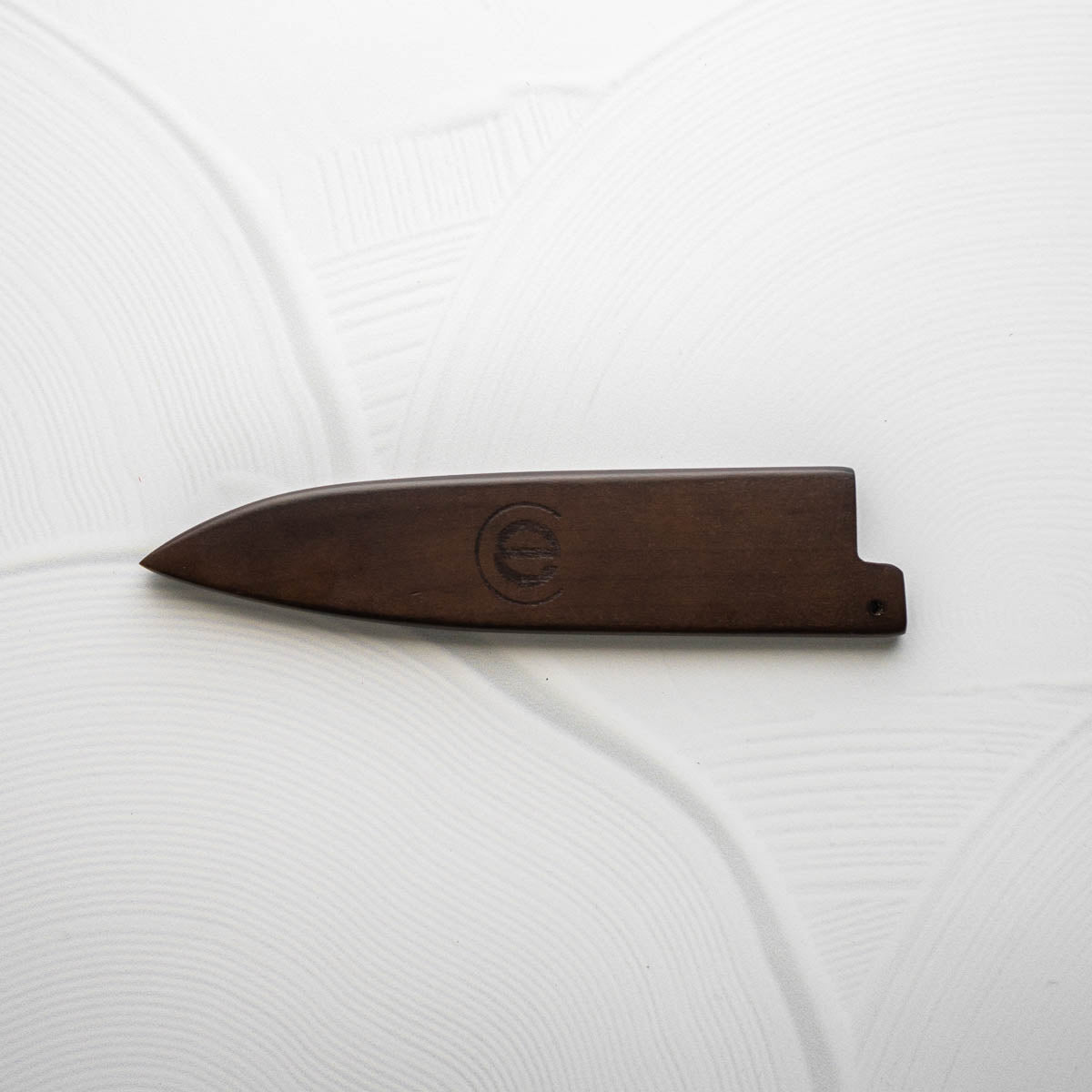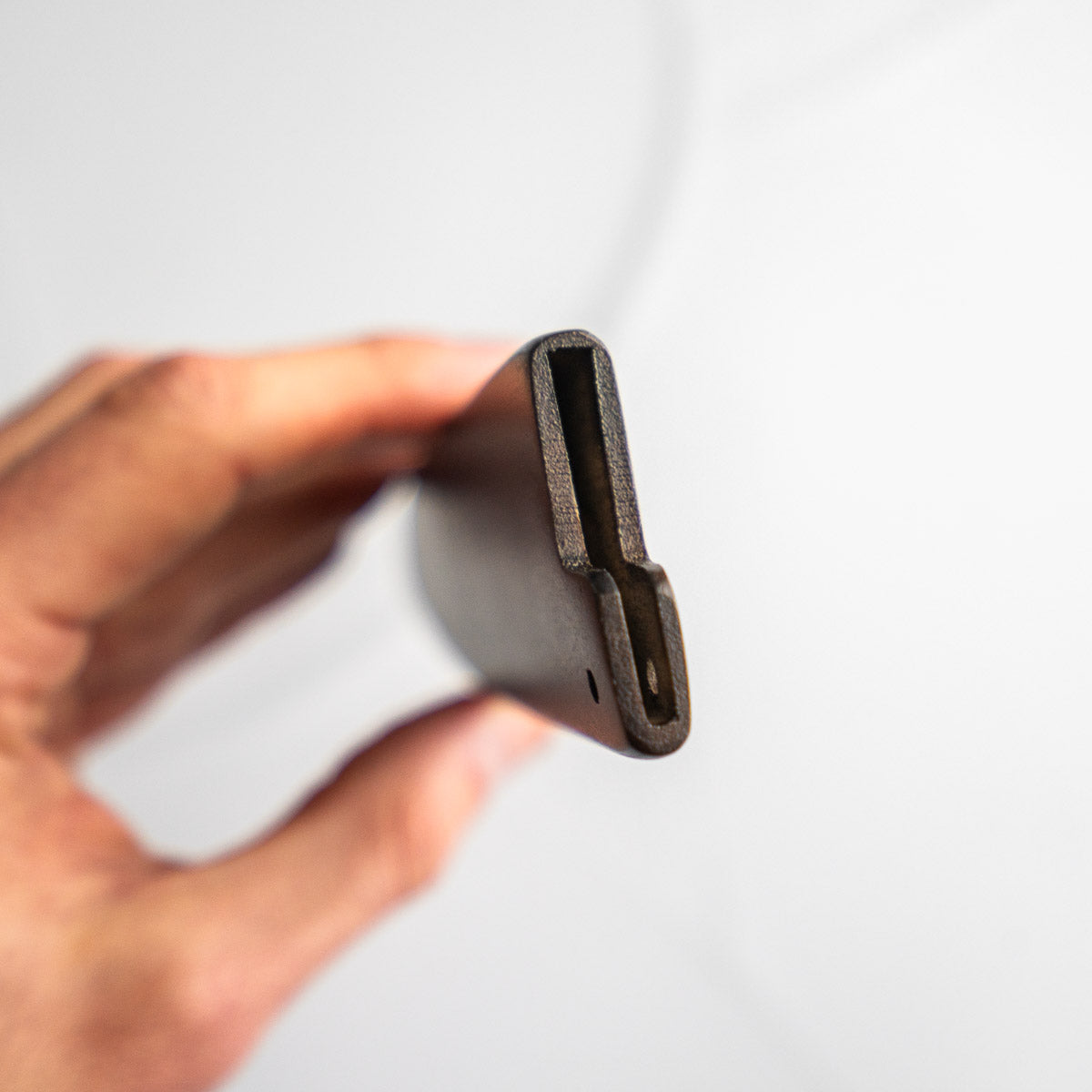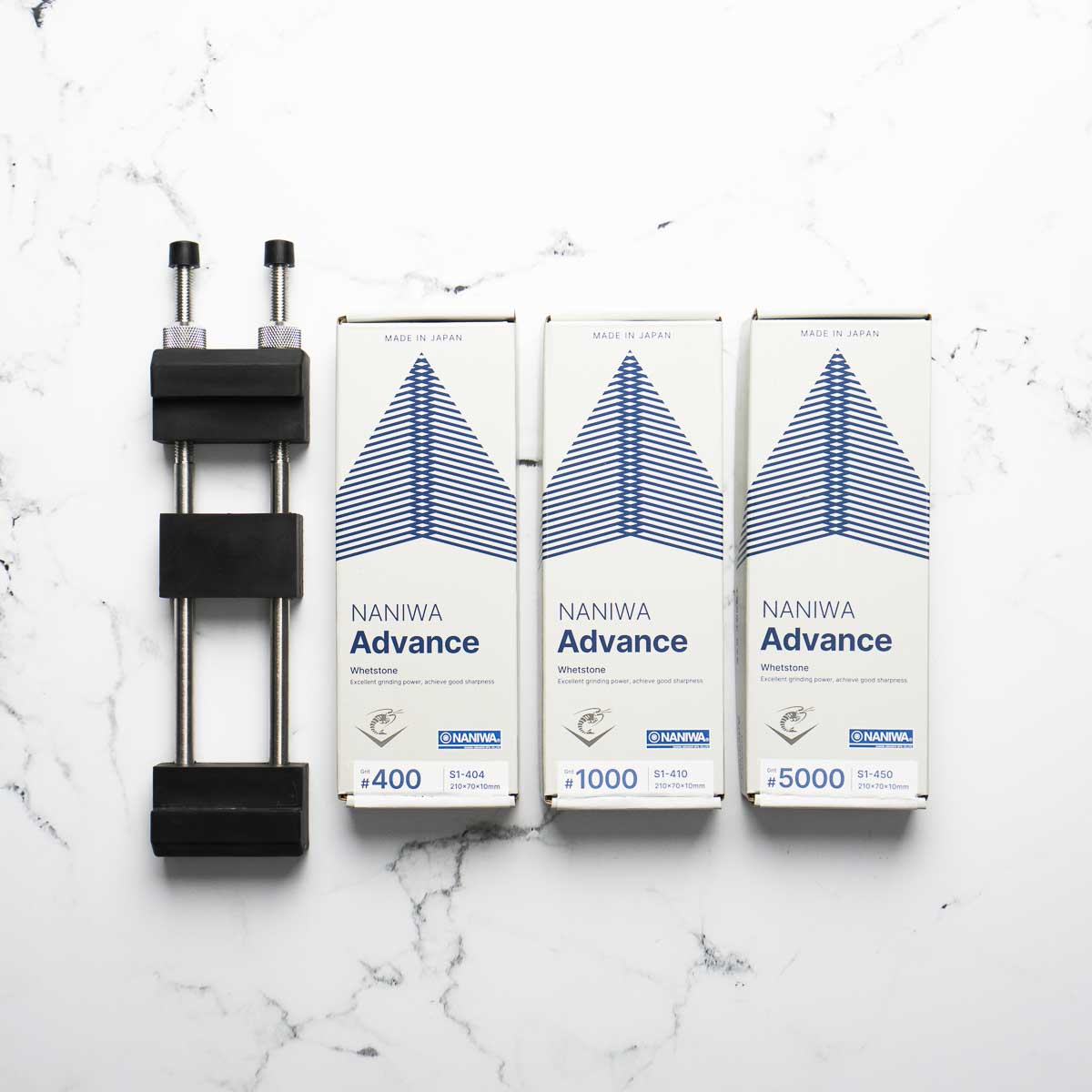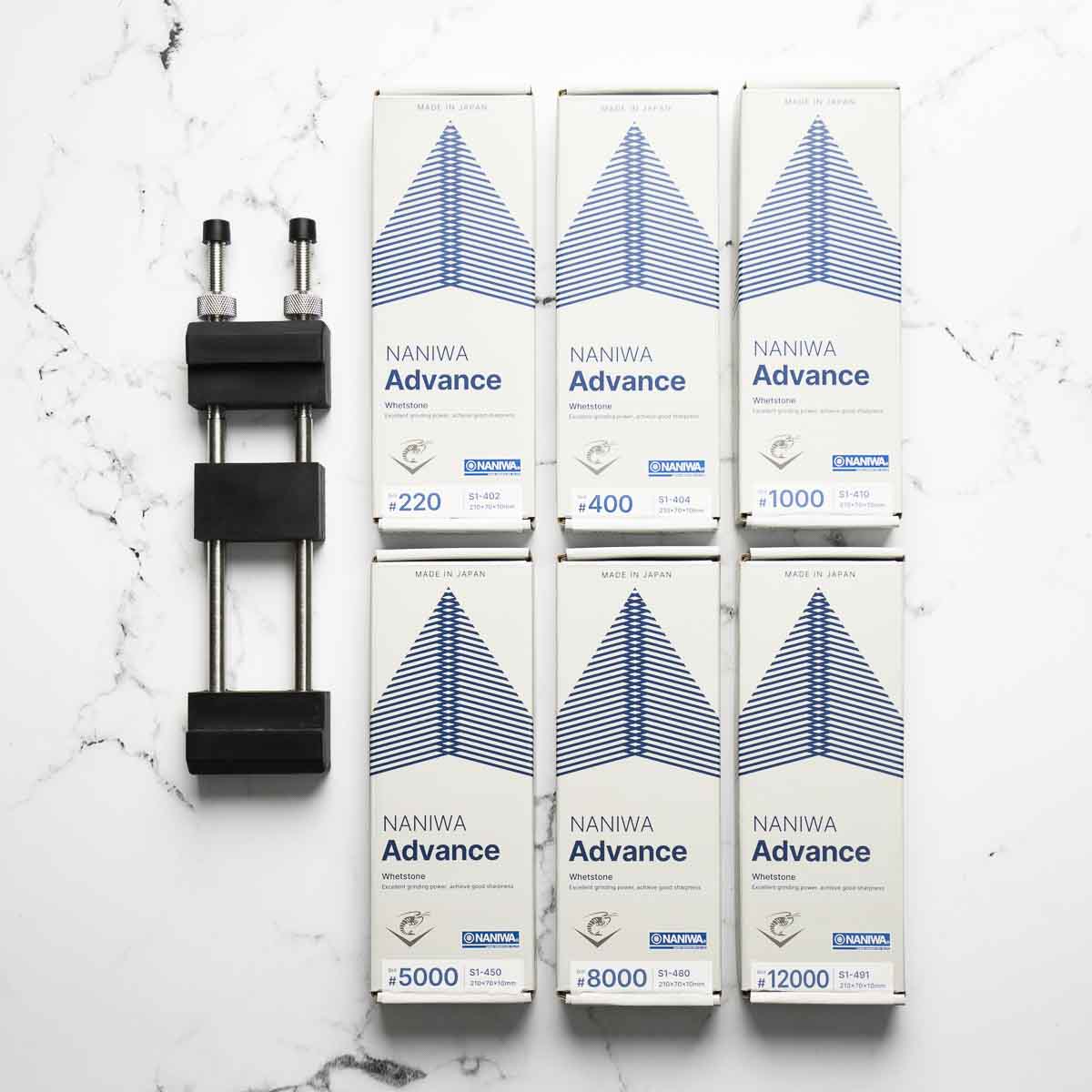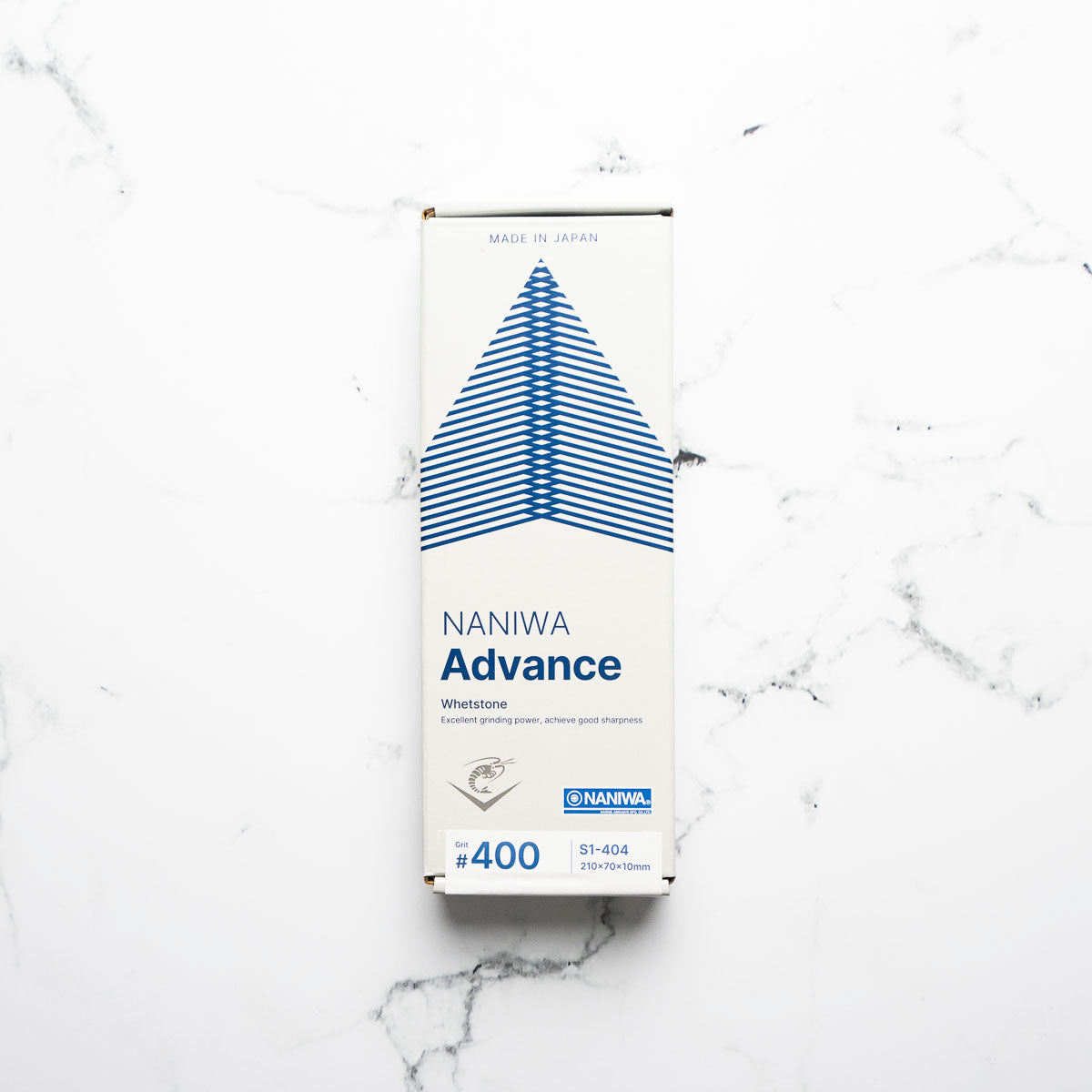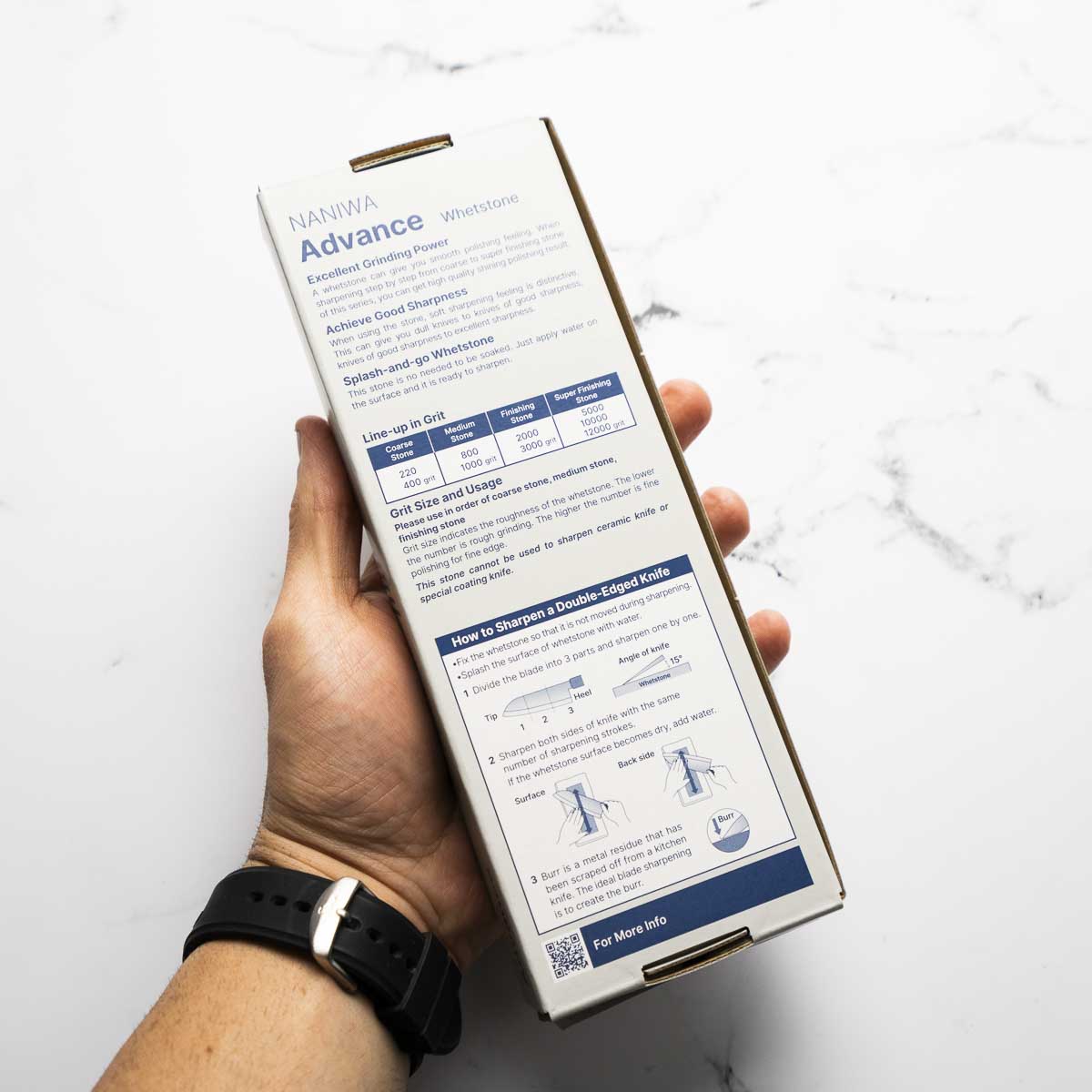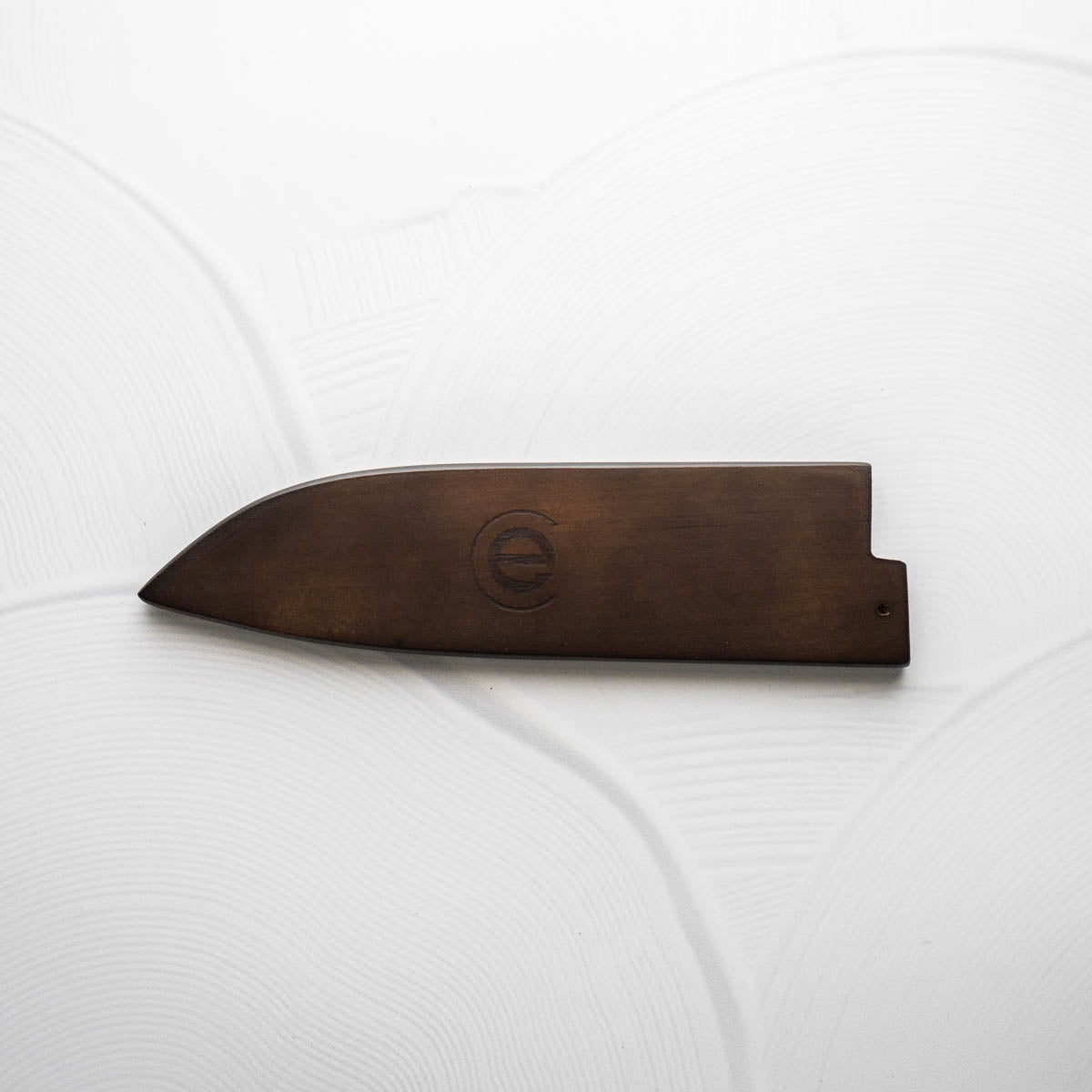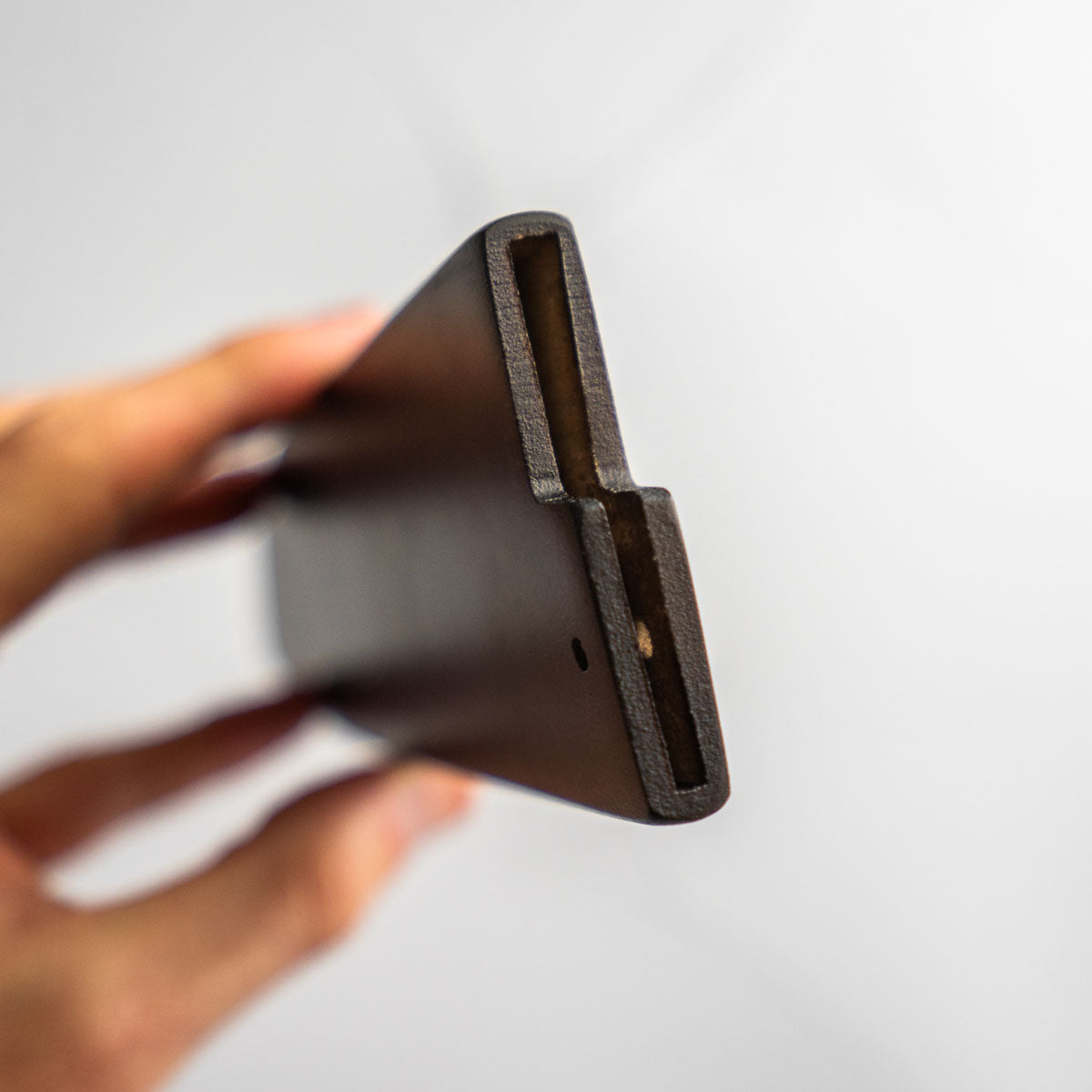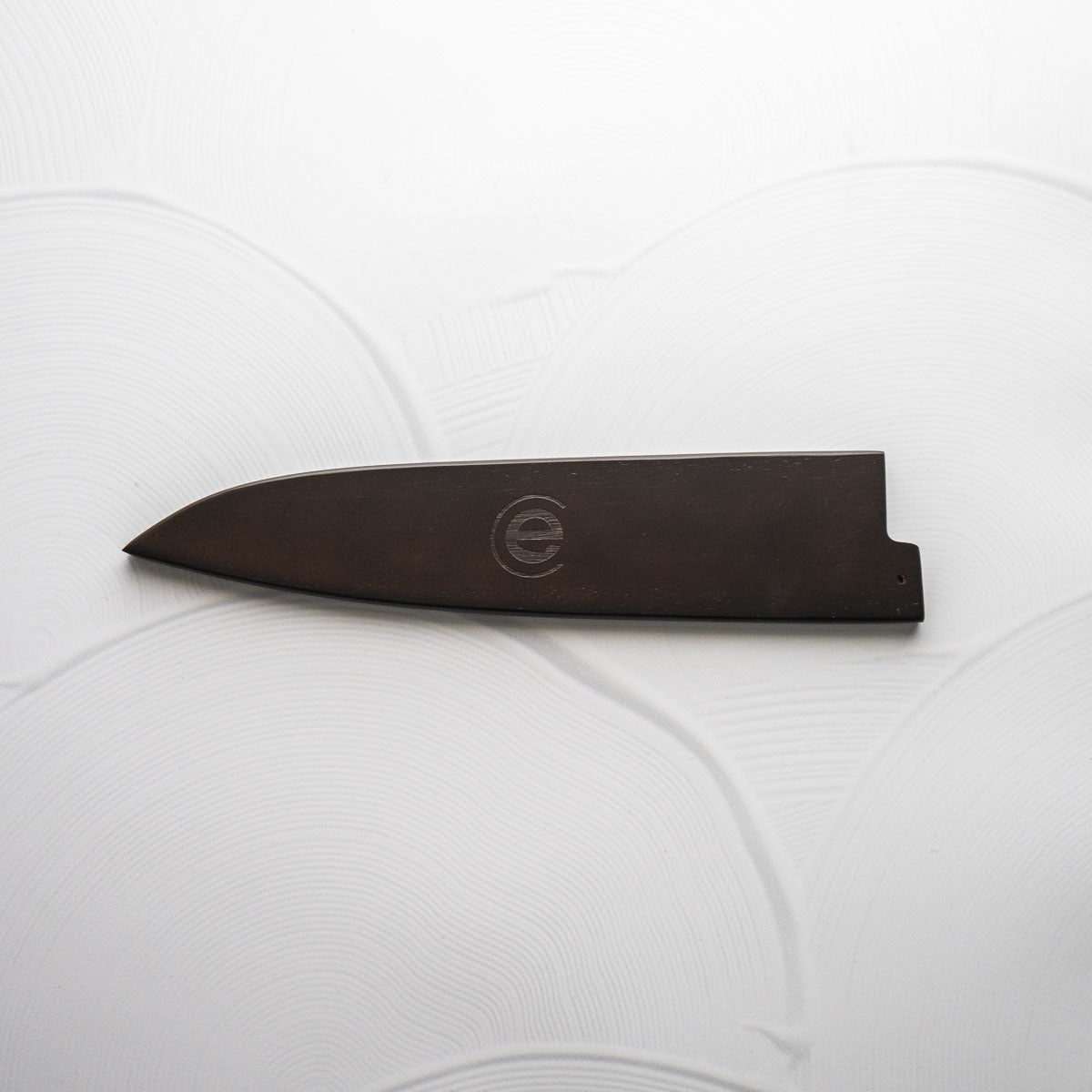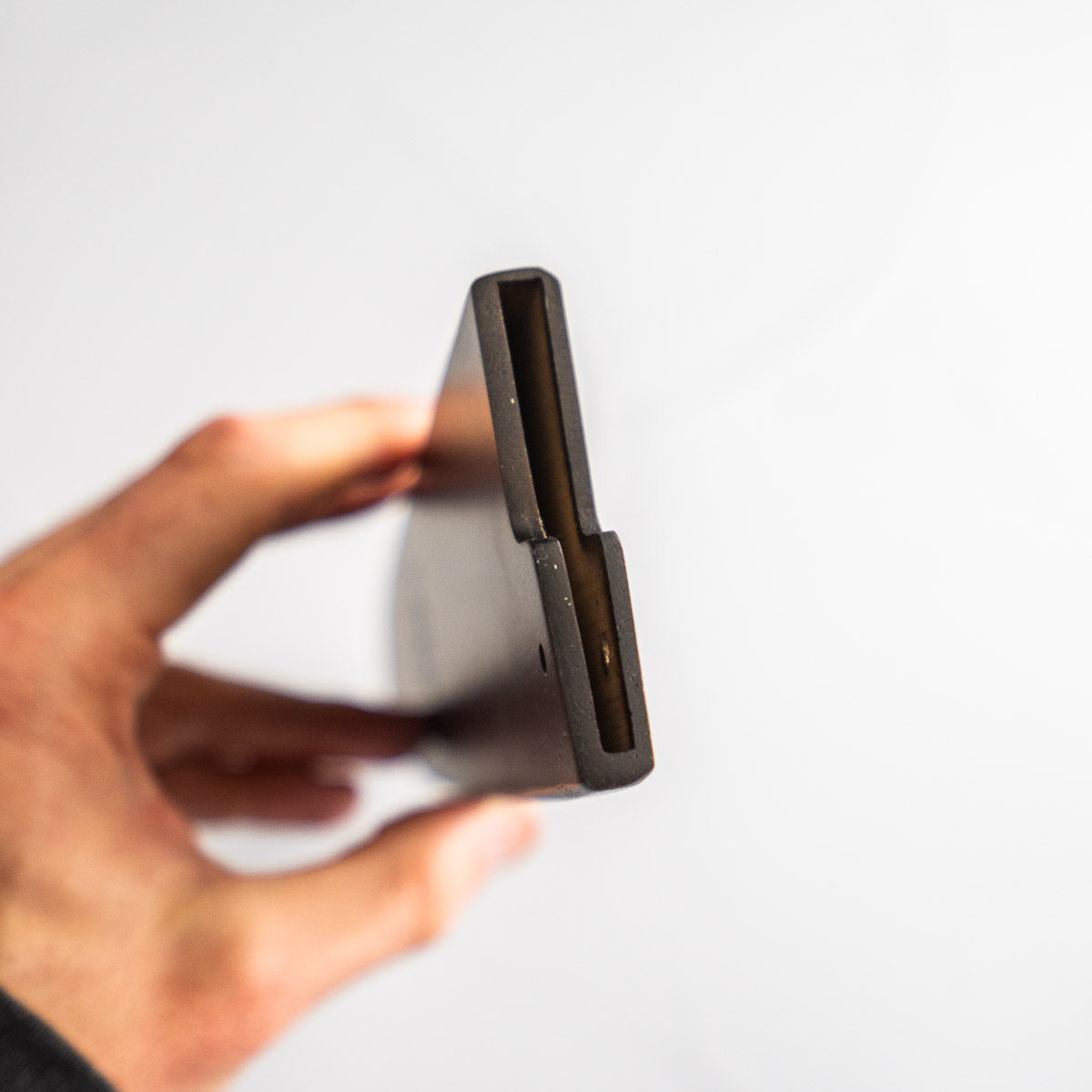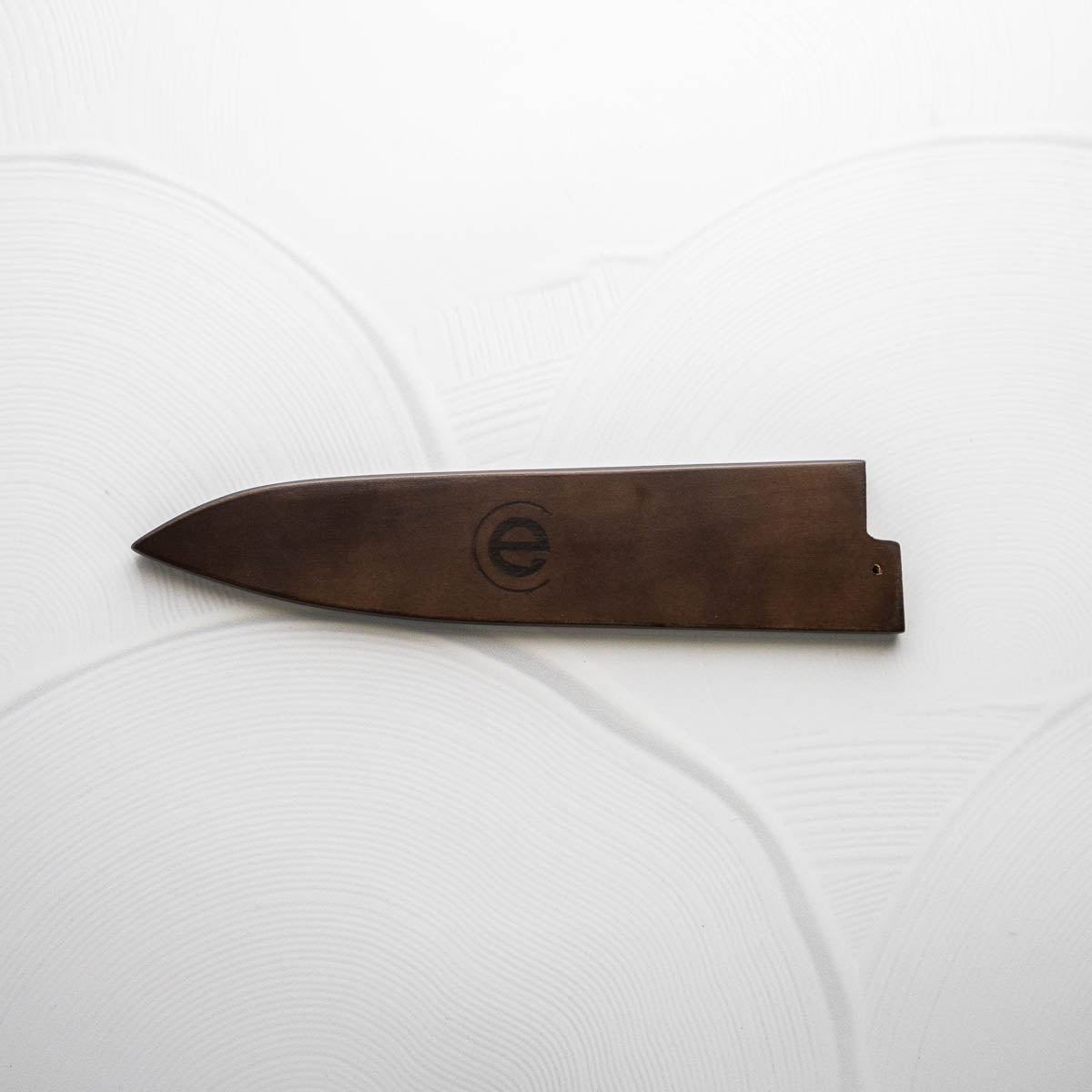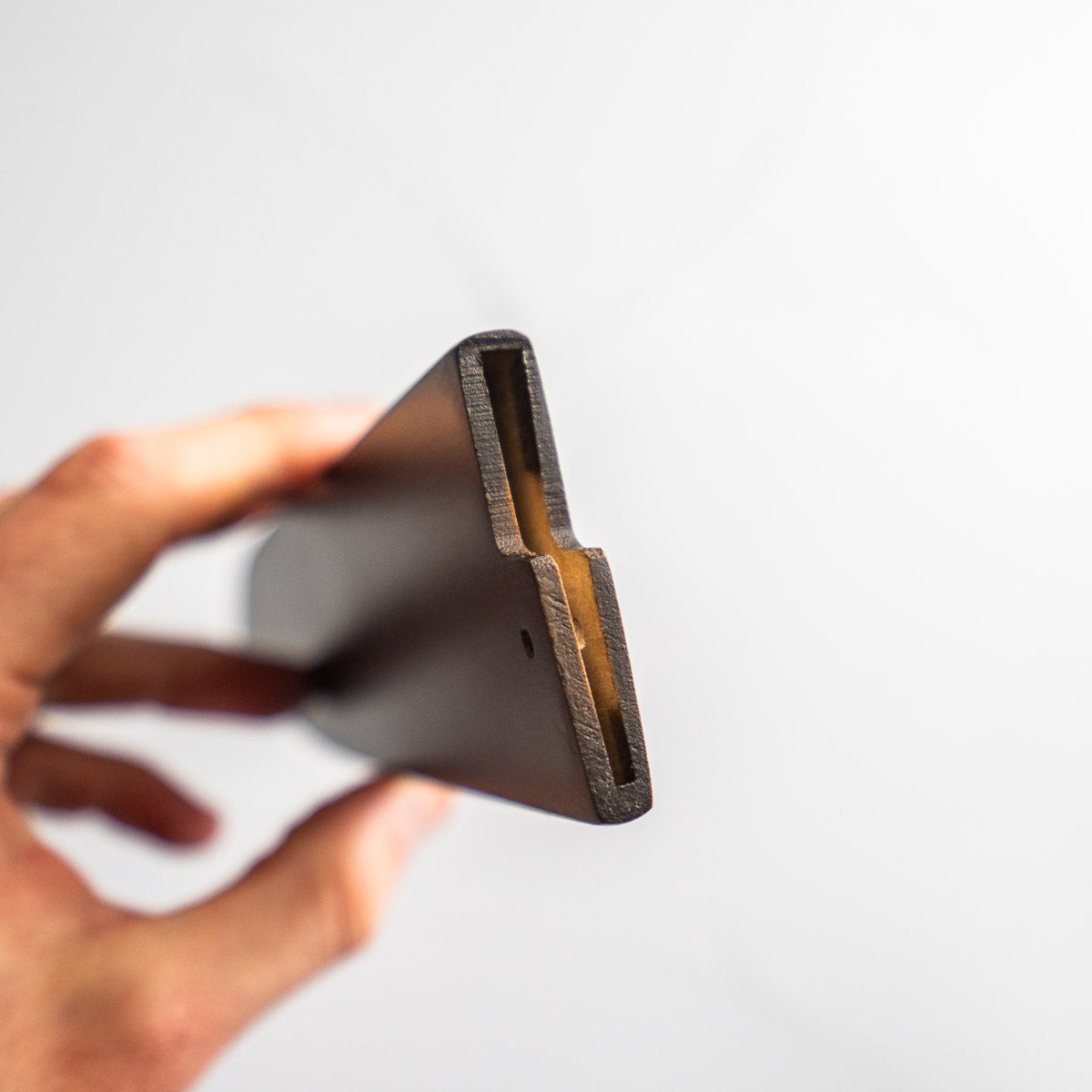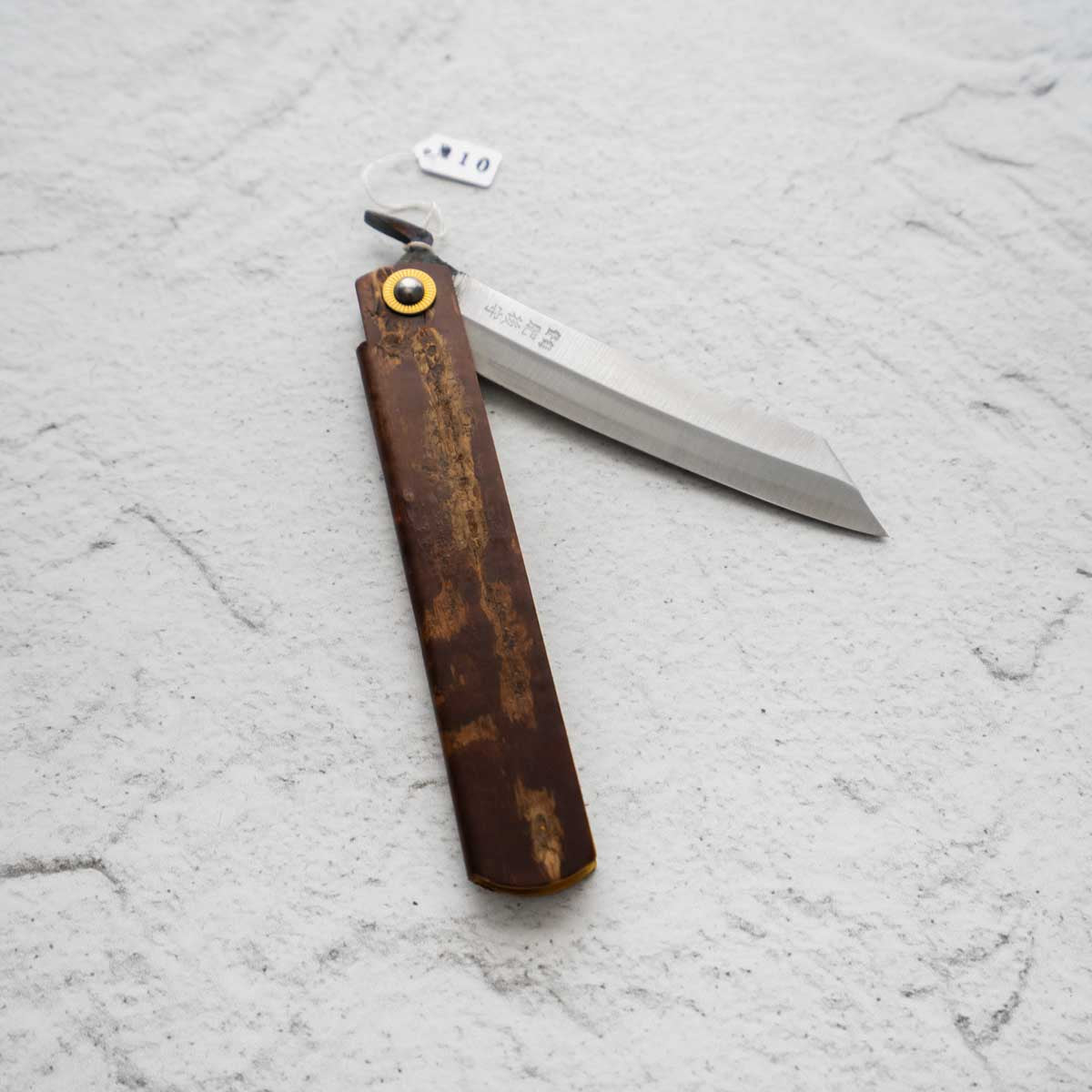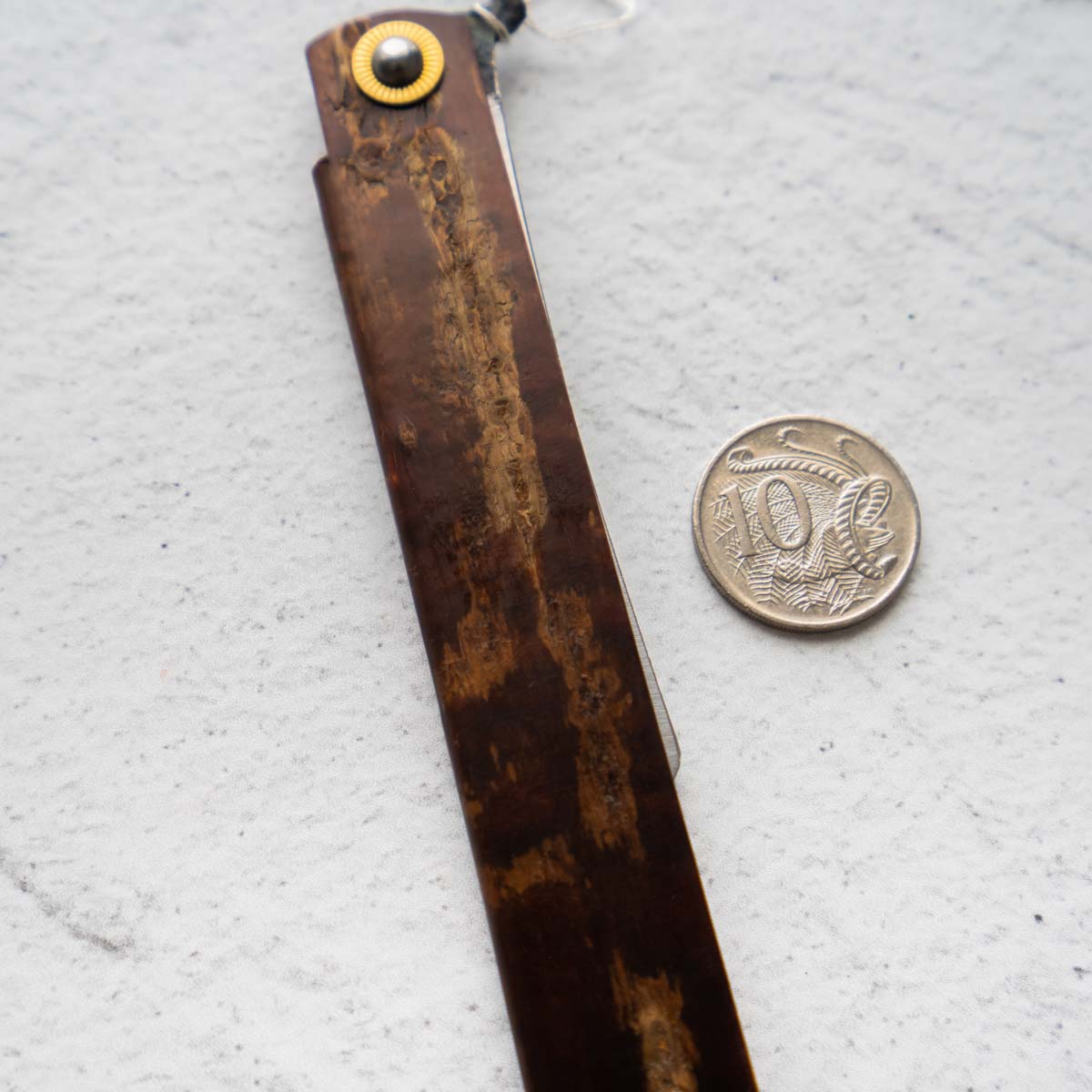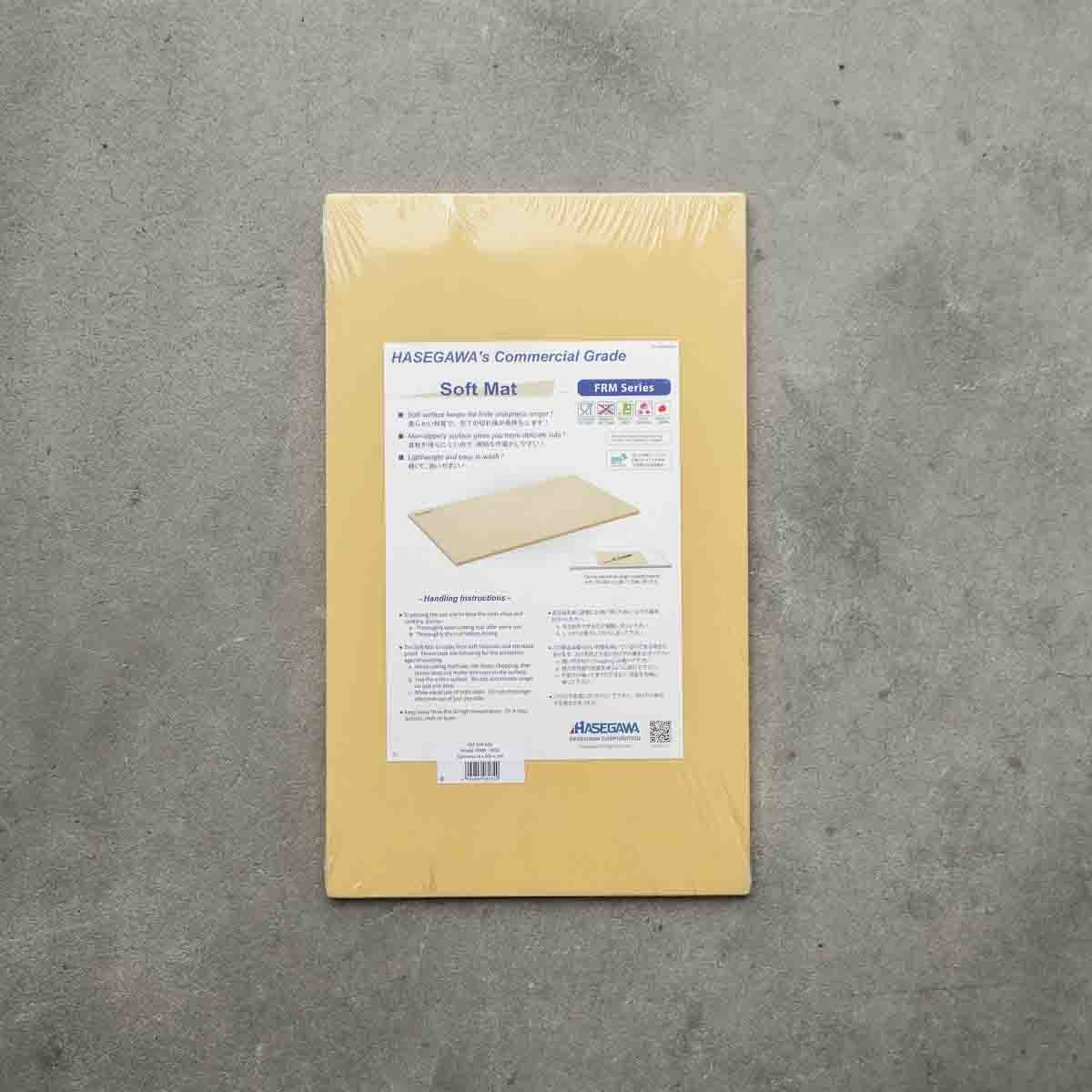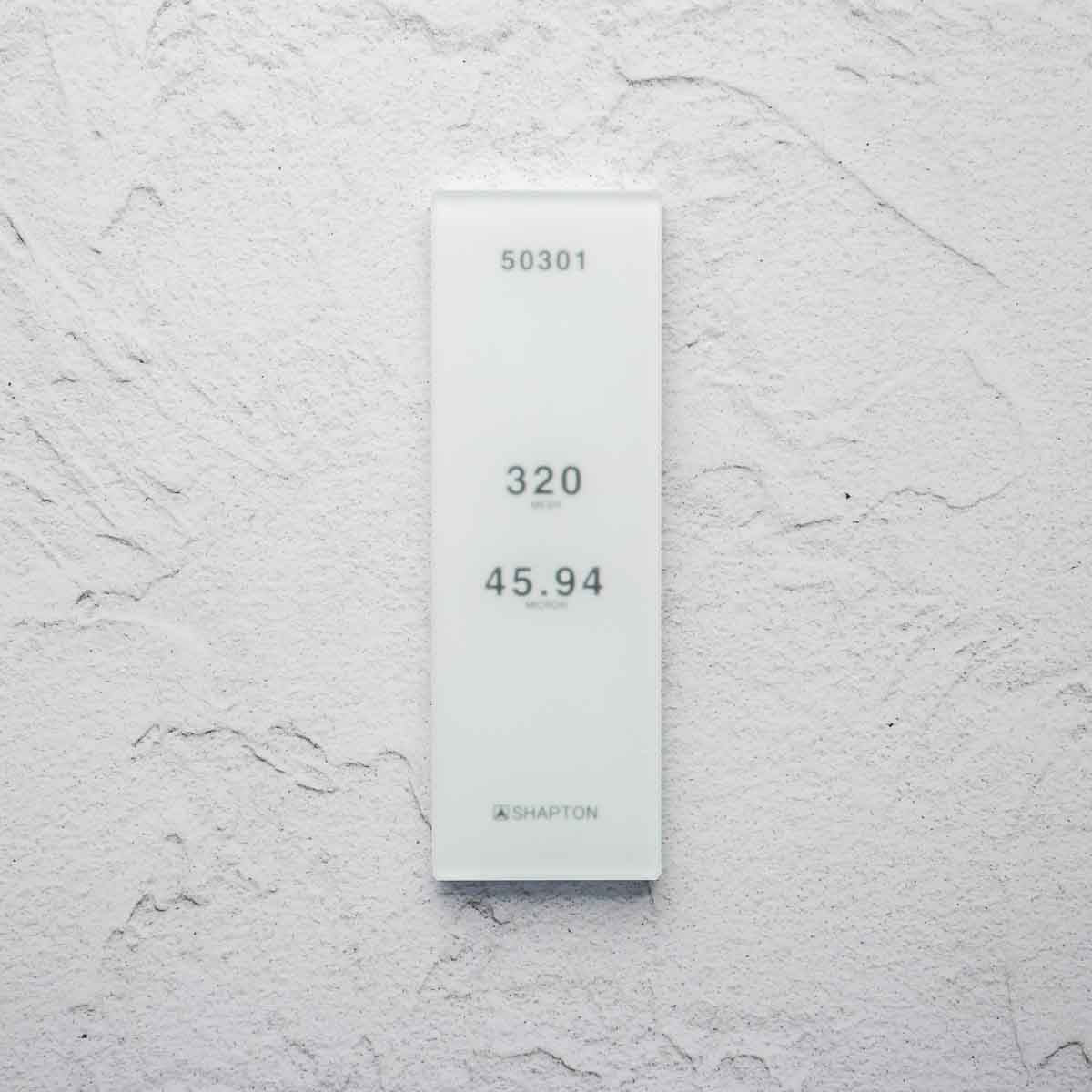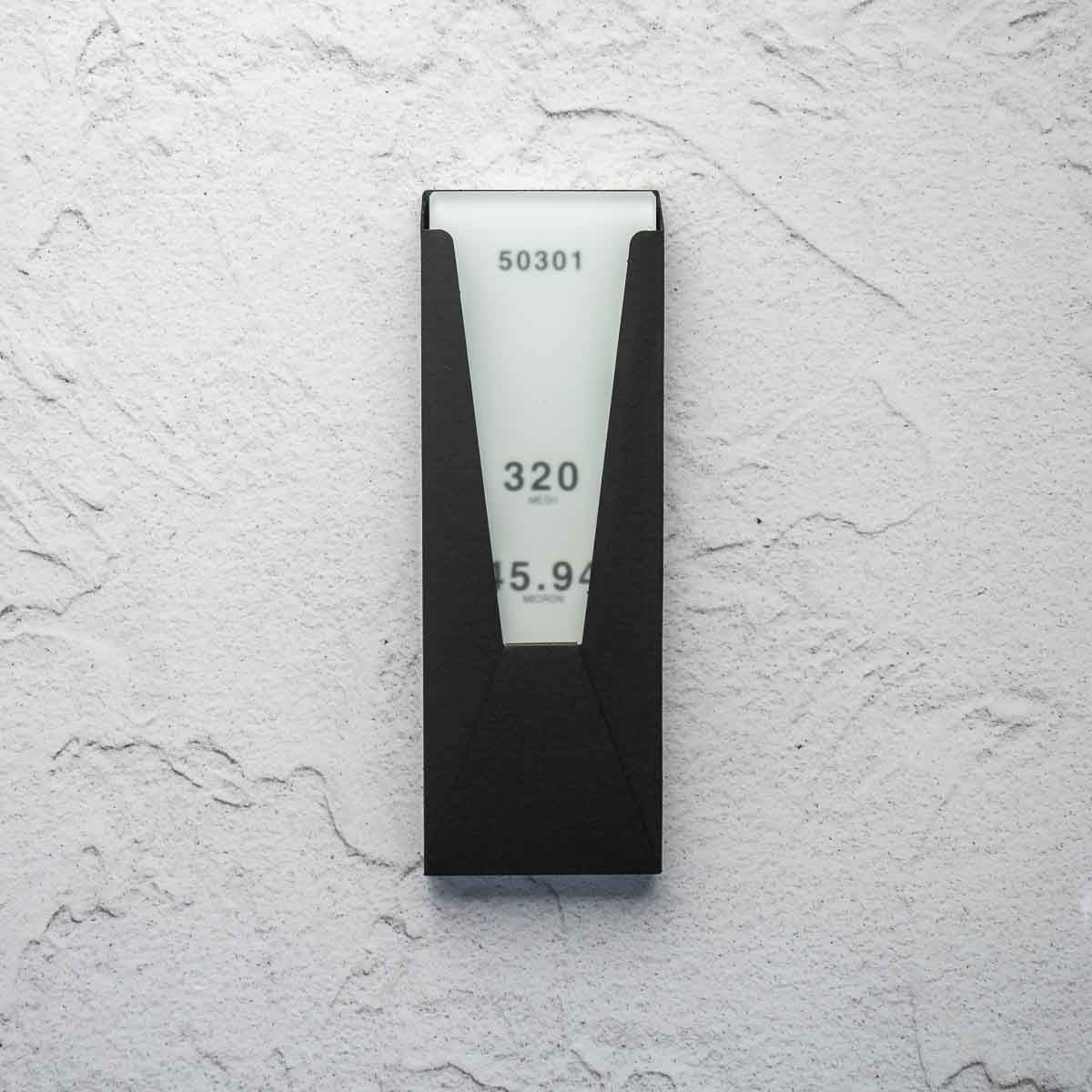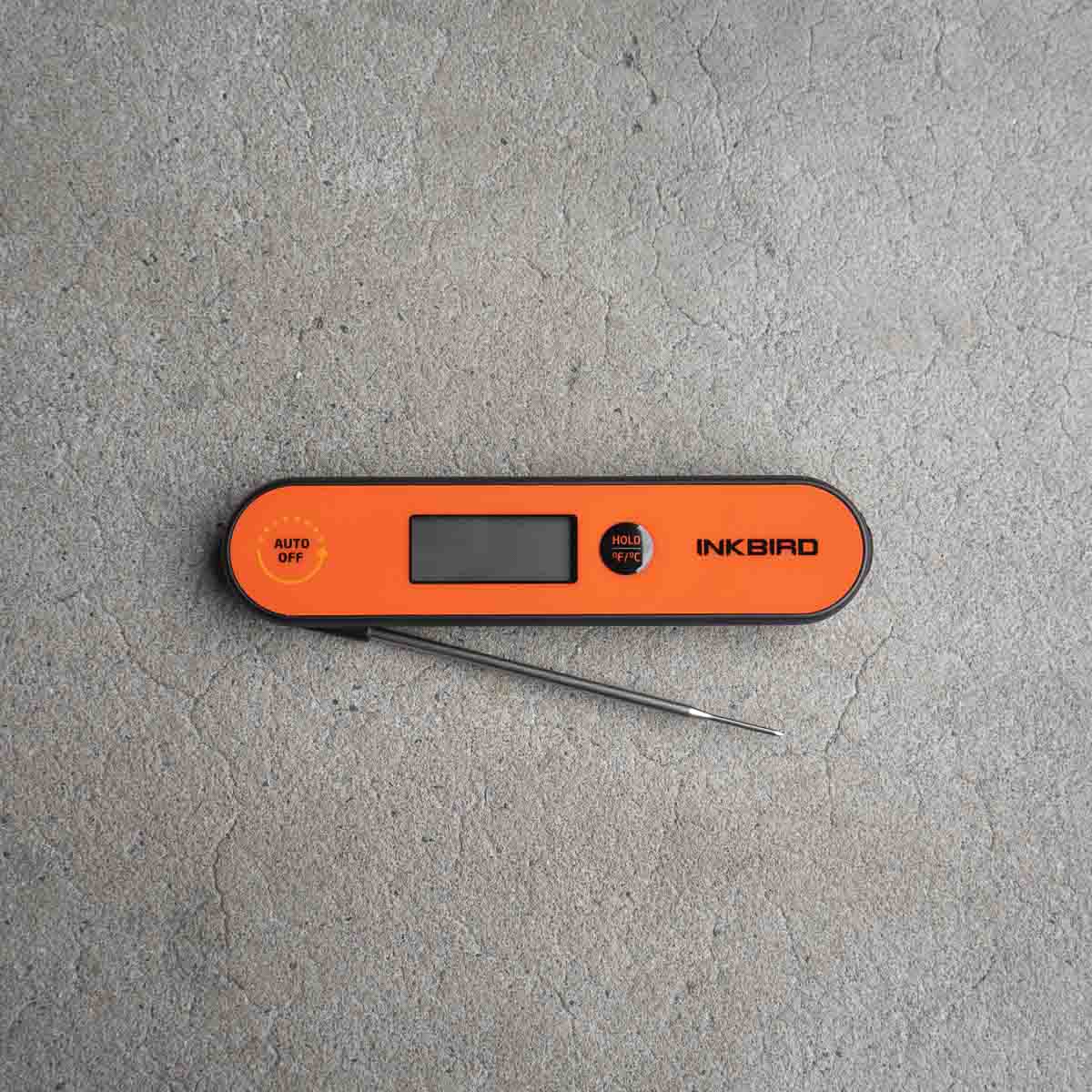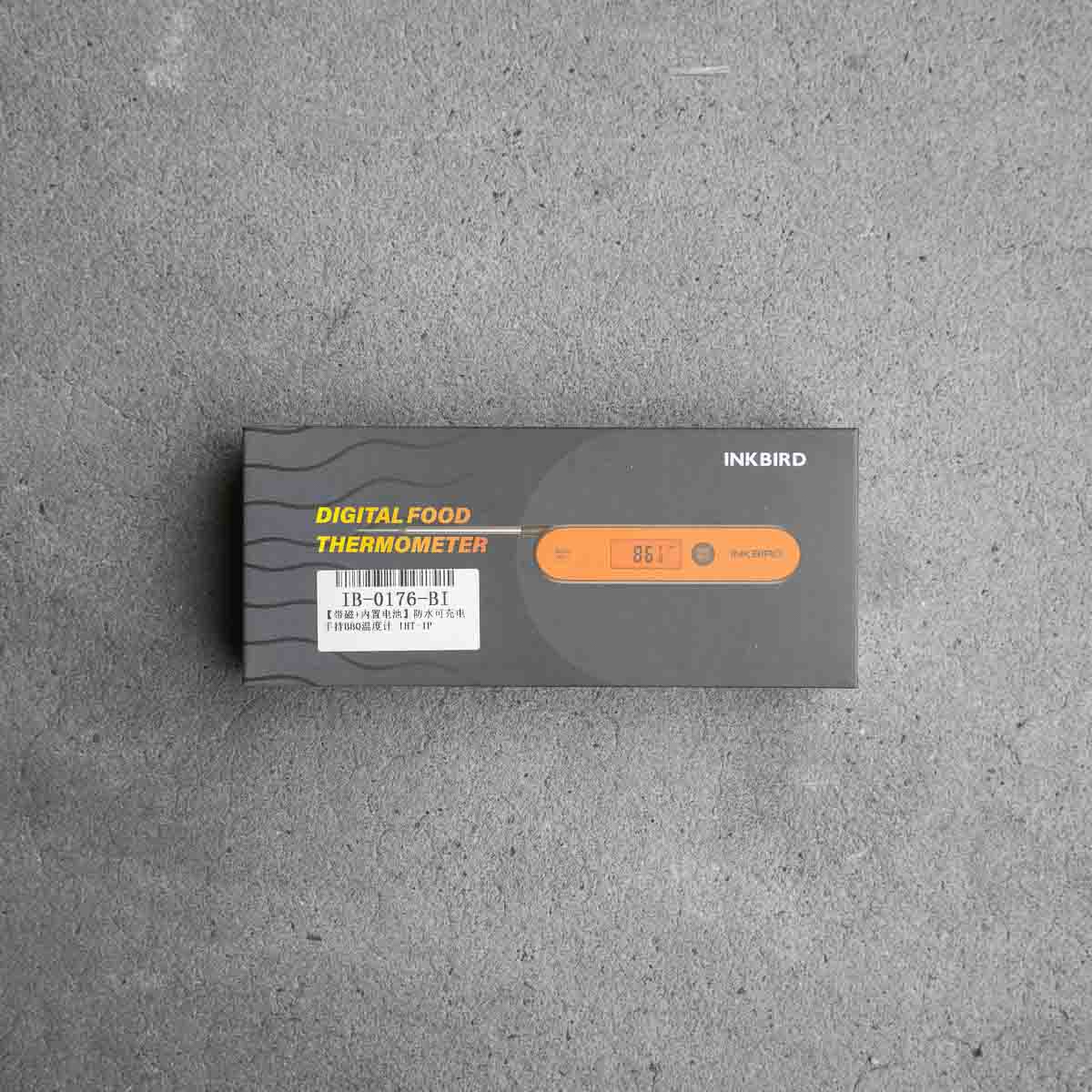Sort by:
295 products
295 products
Knife Information
1894- Mr. Tasaburo Shigematsu, a hardware wholesaler, introduced a new pocket knife with its blade and sheath folded by installing a small handle “Chikiri (tail)” on the blade, while inspired by the knife he brought back from Kagoshima.
He named it “Higonokami Knife” because many of his customers were in Kumamoto area (formally Higo country), which turned out to dramatically increase his sales. The blades have gradually changed their shapes. Unlike single-edged knives, the double-edged blades (V-shaped cross section) were in those days considered common. The earlier blades had a sharper tip (shape of a bamboo leaf), but now they have square shapes. The sheaths had a vertically folding style and a cross folding style, now the vertical one has to be custom made.
In 1911, at the First Kobe Export Articles Competitive Exhibition, Crown Prince (later Emperor Taisho) liked Higonokami on display very much and bought one, which is said to have helped its fame further spread.
The Higonikami is a fantastic traditional utility knife at a low cost.
Specifications
| Style: | Higonokami Key Chain |
| Blade Length: | 35mm |
| Weight: | 14g |
| Bevel: | Double Bevel |
| Blade Material: | Aogami (Blue) Steel |
| Handle Material: | Brass |
This compact coffee maker contains a dripper with an all stainless steel double mesh filter and a decanter-style server. The double-layer construction of the mesh filter is finished with delicately etched detailing. Savor coffee with the perfect balance of the crisp flavor of a paper filter drip and the robust oils obtained from a metal filter.
Colour: White
Width: 13.2 cm
Height: 16.4 cm
Diameter: 11.0 cm
Capacity: 400ml
Weight: 0.4kg
Material: Stainless steel dripper. Heatproof glass server. Silicone rubber band.
Full instructions: https://global.hario.com/product/S-GCM-40.pdf
Product Information
This is the metal series V60 Dripper. This light yet durable metal dripper offers good thermal conductivity, which allows for a quick and efficient warm up during extraction.
Colour: Matte Black
Width: 14.5 cm
Height: 9.0 cm
Diameter: 12.0 cm
Capacity: for 1-4 cups
Weight: 0.2kg
Material: Stainless steel dripper. Silicone rubber matte black holder. Polypropylene measuring spoon.
Full instructions: https://global.hario.com/product/VDM-02.pdf
Accessories Information
The Rockstar Series from Shapton improve on the GlassHR Series by removing the glass backing, and adding extra stone thickness for a longer lifespan. They are a hard stone that offers lighter feedback levels than other stones, but cut very fast, require no soaking, and are very slow to dish.
- Overall size: 210 x 70 x 10mm
- Micron: 40
-
Mesh: 320
Product Information
This drip kettle with a slim spout makes it easier to control the amount and speed of hot water being poured, making it useful when brewing a V60.
Colour: Matte Black
Width: 29.2 cm
Height: 14.7 cm
Diameter: 14.4 cm
Capacity: 800ml
Weight: 0.6kg
Material: Stainless steel body & lid. Phenol resin handle and knob of lid.
Full instructions: https://www.hario.com/product/VKB-120-MB.pdf
Accessories Information
The GlassStone series of sharpening stones uses a revolutionary design to provide great usability within a thin package formed from a combination of glass layers. The conventional image is that sharpening stones are large and heavy, but GlassStones are not only thin and light, but also strong, as layers of tempered glass are stuck together. GlassStones therefore have strong resistance to cracking or sudden breakage caused by external shocks such as being dropped.
Shapton stones do not need to be soaked except the very first time after purchase. We do recommend that on first use, you pre-soak the stone in water for five to six minutes to secure even smoother sharpening. Shapton stones do not need a Nagura Stone, and lapping with a Nagura Stone will leave the surface rough and ragged.
- Overall size: 210 x 70 x 10mm
- Abrasive layer: 5mm
- Micron: 29.4
- Mesh: 500
- 360g
Accessories Information
The GlassStone series of sharpening stones uses a revolutionary design to provide great usability within a thin package formed from a combination of glass layers. The conventional image is that sharpening stones are large and heavy, but GlassStones are not only thin and light, but also strong, as layers of tempered glass are stuck together. GlassStones therefore have strong resistance to cracking or sudden breakage caused by external shocks such as being dropped.
Shapton stones do not need to be soaked except the very first time after purchase. We do recommend that on first use, you pre-soak the stone in water for five to six minutes to secure even smoother sharpening. Shapton stones do not need a Nagura Stone, and lapping with a Nagura Stone will leave the surface rough and ragged.
- Overall size: 210 x 70 x 10mm
- Abrasive layer: 5mm
- Micron: 4.9
- Mesh: 3000
- 360g
Accessory Information
The Atoma Diamond Lapping Plates by Tsuboman Japan are widely recognised as the superior solution for flattening your whetstones. Strong, sturdy, and weighing in at 600g, these will make light work of even the hardest stones.
– Low 140 Grit for very fast removal of stone surface
– Replaceable abrasive sheet
*Please ensure the correct sized saya is chosen before purchasing, a list of knives that fit this saya is linked below, Chefs Edge is not responsible if the wrong sized saya is selected*
Depending on the size of the available saya pins at the time of purchase the saya pin hole may need to be redrilled by our warehouse team. This may cause a cosmetic imperfection around the saya pin hole but has no negative affect on the function of the saya.
| Saya Style: | Petty with pin |
| Opening Height: | 31mm |
| Internal Length: |
To suit a Petty 130mm or 150mm |
| External Length |
185mm |
| Weight: |
24g |
| Saya Material: | Birch Wood |
| Knives this saya suits | Click here to view knives |
An excellent all round stone balancing cutting speed and wear rate delivering excellent value for money. Not as hard as Shapton Glass, comparable to the Kuromaku series. Splash and go, no need for soaking, ideal for beginners or intermediate sharpeners.
Dimensions of stone - 210 x 70 x 10mm
Made In Japan
An excellent all round stone balancing cutting speed and wear rate delivering excellent value for money. Not as hard as Shapton Glass, comparable to the Kuromaku series. Splash and go, no need for soaking, ideal for beginners or intermediate sharpeners.
Dimensions of stone - 210 x 70 x 10mm
Made In Japan
An excellent all round stone balancing cutting speed and wear rate delivering excellent value for money. Not as hard as Shapton Glass, comparable to the Kuromaku series. Splash and go, no need for soaking, ideal for beginners or intermediate sharpeners.
Dimensions of stone - 210 x 70 x 10mm
Made In Japan
*Please ensure the correct sized saya is chosen before purchasing, a list of knives that fit this saya is linked below, Chefs Edge is not responsible if the wrong sized saya is selected*
Depending on the size of the available saya pins at the time of purchase the saya pin hole may need to be redrilled by our warehouse team. This may cause a cosmetic imperfection around the saya pin hole but has no negative affect on the function of the saya.
| Saya Style: | Santoku/Bunka with pin |
| Opening Height: | 50mm |
| Internal Length: |
To suit a Bunka or Santoku 165mm |
| External Length |
220mm |
| Weight: |
29g |
| Saya Material: | Birch Wood |
| Knives that suit this saya | Click here to view knives |
*Please ensure the correct sized saya is chosen before purchasing, a list of knives that fit this saya is linked below, Chefs Edge is not responsible if the wrong sized saya is selected*
Depending on the size of the available saya pins at the time of purchase the saya pin hole may need to be redrilled by our warehouse team. This may cause a cosmetic imperfection around the saya pin hole but has no negative affect on the function of the saya.
| Saya Style: | Gyuto with pin |
| Opening Height: | 52mm |
| Internal Length: |
To suit a 240mm Gyuto |
| External Length |
290mm |
| Weight: |
58g |
| Saya Material: | Birch Wood |
| Knives this saya suits | Click here to view knives |
*Please ensure the correct sized saya is chosen before purchasing, a list of knives that fit this saya is linked below, Chefs Edge is not responsible if the wrong sized saya is selected*
Depending on the size of the available saya pins at the time of purchase the saya pin hole may need to be redrilled by our warehouse team. This may cause a cosmetic imperfection around the saya pin hole but has no negative affect on the function of the saya.
| Saya Style: | Gyuto with pin |
| Opening Height: | 47mm |
| Internal Length: |
To suit a 210mm Gyuto |
| External Length |
250mm |
| Weight: |
48g |
| Saya Material: | Birch Wood |
| Knives this saya fits | Click here to view knives |
Knife Information
1894- Mr. Tasaburo Shigematsu, a hardware wholesaler, introduced a new pocket knife with its blade and sheath folded by installing a small handle “Chikiri (tail)” on the blade, while inspired by the knife he brought back from Kagoshima.
He named it “Higonokami Knife” because many of his customers were in Kumamoto area (formally Higo country), which turned out to dramatically increase his sales. The blades have gradually changed their shapes. Unlike single-edged knives, the double-edged blades (V-shaped cross section) were in those days considered common. The earlier blades had a sharper tip (shape of a bamboo leaf), but now they have square shapes. The sheaths had a vertically folding style and a cross folding style, now the vertical one has to be custom made.
In 1911, at the First Kobe Export Articles Competitive Exhibition, Crown Prince (later Emperor Taisho) liked Higonokami on display very much and bought one, which is said to have helped its fame further spread.
The Higonikami is a fantastic traditional utility knife at a low cost.
Specifications
| Style: | Higonokami |
| Blade Length: | 90mm |
| Weight: | 71g |
| Bevel: | Double Bevel |
| Blade Material: | Aogami (Blue) Steel |
| Handle Material: | Brass w/Birch Overlay |
The 8mm thick Hasegawa Soft Mat are a tough, flexible, and handy option for when you don't want to use a bulky, heavy cutting board.
The cutting feel is soft and responsive, and the material actively prolongs the edges of your knives, and they are anti-bacterial.
Material: Rubberised PE
Length/Width/Thicnkess: 500mm/300mm/8mm
Dishwasher Safe: No
Heat Rating: 90C
Accessories Information
The GlassStone series of sharpening stones uses a revolutionary design to provide great usability within a thin package formed from a combination of glass layers. The conventional image is that sharpening stones are large and heavy, but GlassStones are not only thin and light, but also strong, as layers of tempered glass are stuck together. GlassStones therefore have strong resistance to cracking or sudden breakage caused by external shocks such as being dropped.
Shapton stones do not need to be soaked except the very first time after purchase. We do recommend that on first use, you pre-soak the stone in water for five to six minutes to secure even smoother sharpening. Shapton stones do not need a Nagura Stone, and lapping with a Nagura Stone will leave the surface rough and ragged.
NKBIRD IHT-1P is a must-have gadget for precision cooking at home, which delivers quick temperature readings in just 3 to 5 seconds, covering a range from 58℉ to 572℉ or 0℃ to 300℃ with an accuracy of ±2 ℉ or ±1 ℃. With its lock reading feature, the measurements can be retained even after pulling out the probe. The rechargeable 250mAh lithium battery provides 10 hours of continuous use with the backlight on, and its waterproof design makes cleanup simple. Plus, this kitchen thermometer is user-friendly, folds up for easy storage, and has a magnetic back for convenient attachment to the oven or refrigerator.
Chef's Edge
We pride ourselves on offering an unparalleled selection of Japanese knives. From the versatile Gyuto and the precise Santoku to specialized knives like the Nakiri and Yanagiba, each knife is handpicked for its quality and performance.


